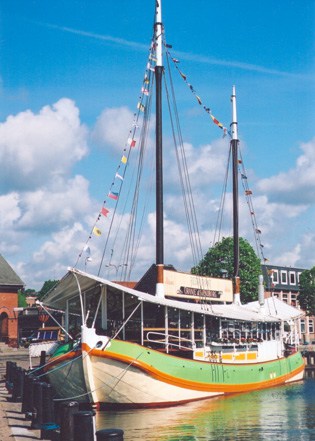The Greatest Things To Do in Copenhagen Itinerary (2 Days, Viking Approved)
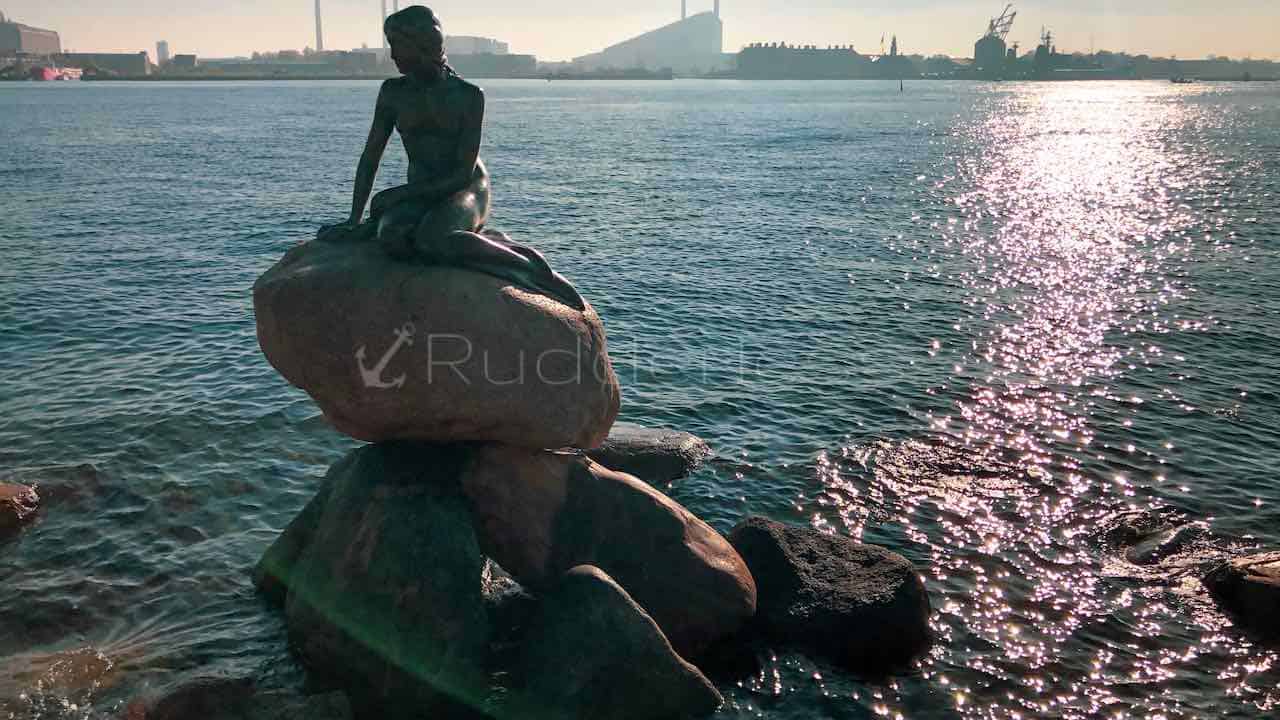
People won’t stop smiling at me, trains drive themselves, plus it’s the birthplace of The Little Mermaid and LEGO. I had a lot of fun putting together this ‘Things To Do in Copenhagen Itinerary’ – danishes taste better in Denmark (So does Carlsberg and Tuborg).
Oh, and speaking of Danish pastries, my Canadian and possibly North American friends, as well as coffee/dessert chains, the idea of a pastry or donut called ‘Danish’ does not exist here. I almost got laughed out of a pastry shop when I asked for a Danish. Once the store owner caught her breath, she politely encouraged me to look at all the delicious pastries. Pick one a voila; you have your Danish.
I’ve been duped all this time. Damn you, Canadian donut shops. No matter. I like this place, and I like this place a lot.
Copenhagen is all imperial, like Sweden, but reminiscent of Amsterdam. Maybe it’s the bikes, bike garages, dedicated bike lanes and canals. But who are we kidding? It’s Christiana “Free Town” in the neighbourhood of Christianshavn and its unique sale of illegal ahem “plant products” that some may argue are even better than Amsterdam’s “coffee shops.”
This article is now available as a mobile app. Go to GPSmyCity to download the app for GPS-assisted travel directions to the attractions featured in this article.A Brief Copenhagen History
- Copenhagen’s first settlement dates back to the 11th century.
- The city was once fortified with a stone wall during the 13th century.
- Just like its neighbour, Netherlands, herring fishing contributed to Copenhagen’s growth as a relevant trading post.
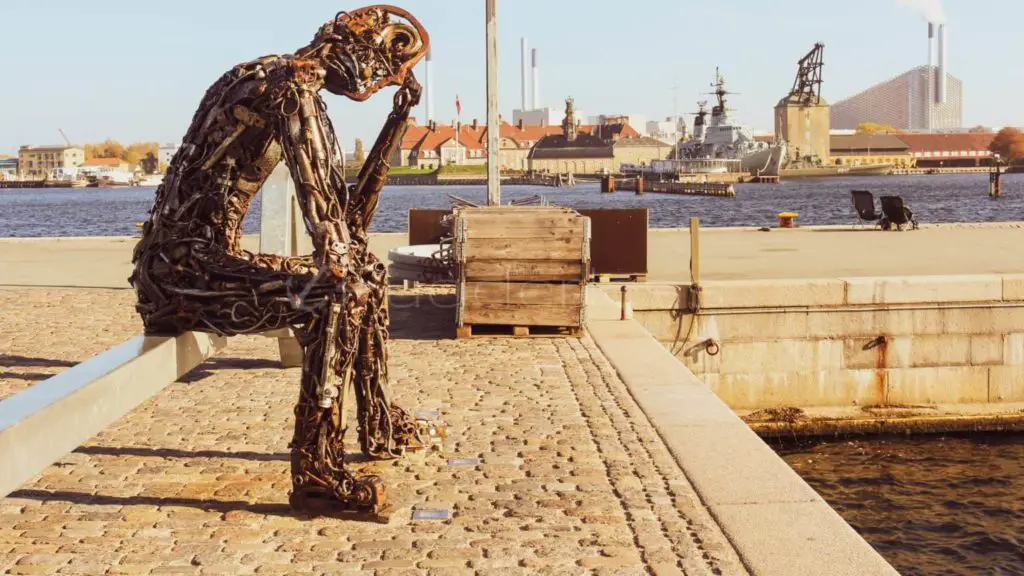
The Best Neighborhood To Stay In Copenhagen
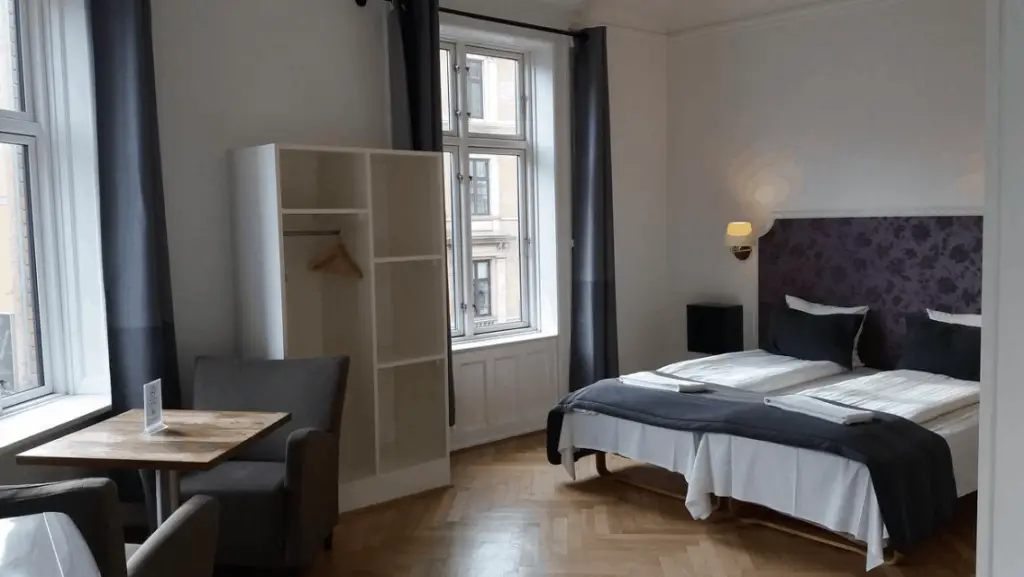
Hotel Løven
Hotel Loven is a 2-star hotel is located close to Tivoli Gardens, Strøget pedestrian street and a 5-minute walk from Copenhagen Central railway station.
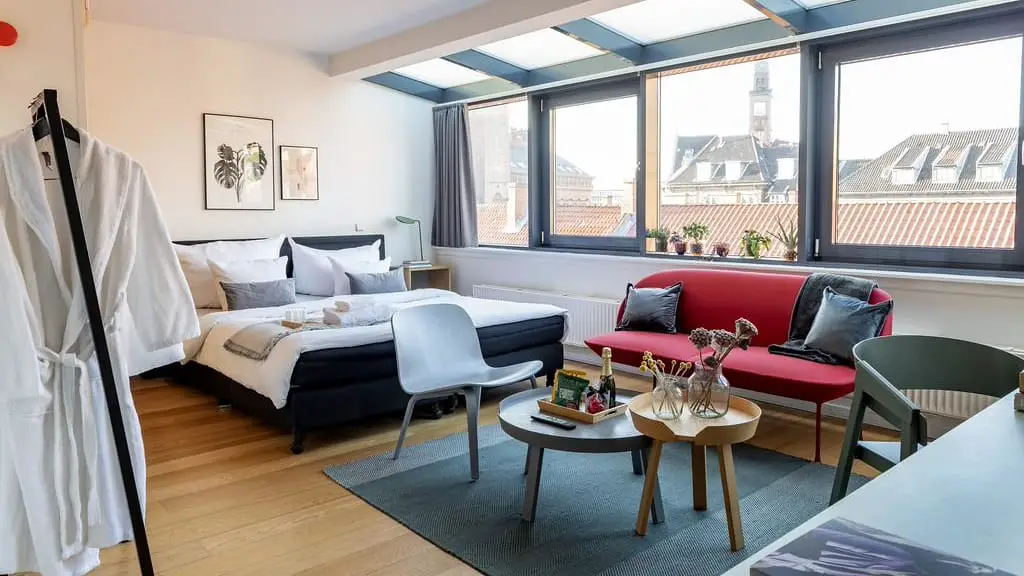
Hotel Twentyseven is the perfect base for exploring Copenhagen with typical Scandinavian design, comfort and hospitality. Mornings start with a breakfast buffet and the hotel is three minutes from City Hall Square, Tivoli and Strøget pedestrian street.
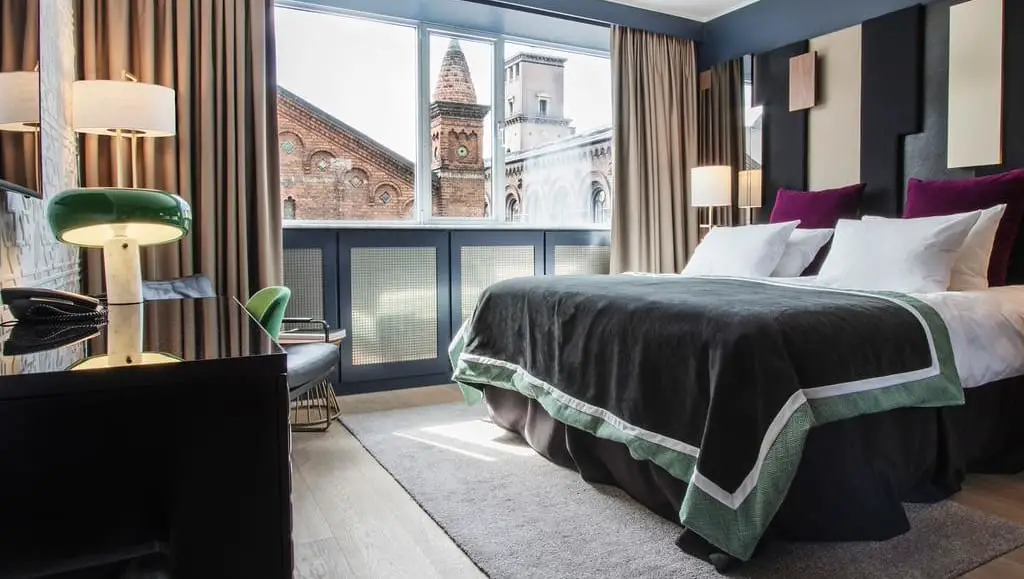
Located in the Latin Quarter this 5-star Boutique hotel offers great dining options, a garden courtyard, a fitness center, and a lobby bar. It’s within walking distance of Rosenborg Castle, the Stroget pedestrian-only street and SMK museum.
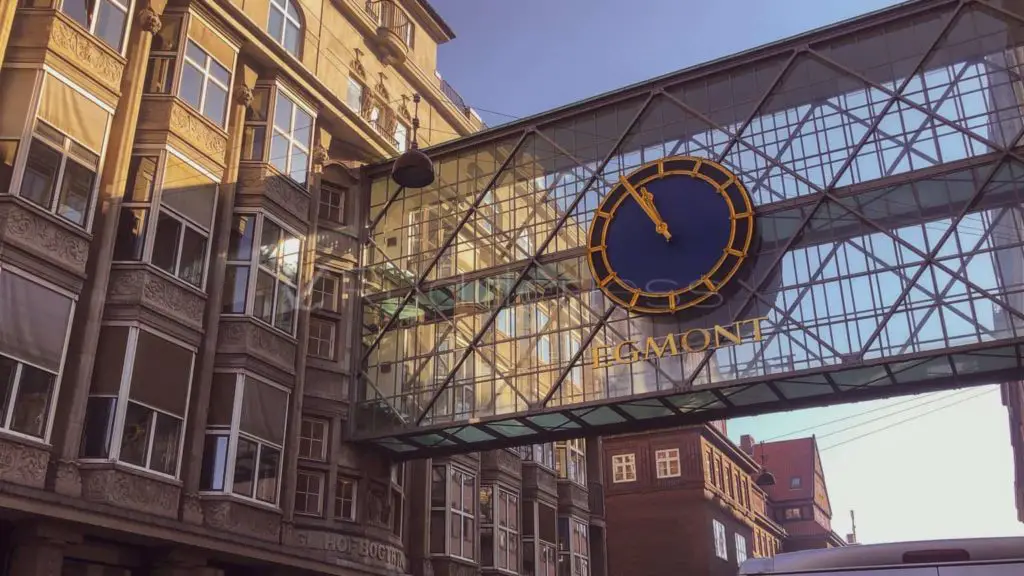
Getting to Copenhagen
Plane
From Terminal 3 in Copenhagen Airport, you can get to the city centre in about 15 minutes using either the train or the metro. You will need a ticket for three zones, which costs DKK
Train
If you’re planning on heading to Copenhagen Central Station, you can take the train from terminal 3. The trains run every 10 minutes and will get you to Copenhagen Central Station in about 13 minutes.
**Please note**
The machines only accept coins and credit cards.
Boat
The driving distance between Copenhagen and either of the two Danish ferry terminals in Rødby or Gedser is about160 miles km.
Day 1
Things To Do In Copenhagen
Before we get started:
Danish Donut/Pastry. As mentioned about the idea of a “Danish” as a type of donut or pastry doesn’t exist. Save yourself the humiliation for a specific Danish pastry by name. Høj Snegl (High Snail), Smør Firkanter (Butter Squares), Tebirkes (Danish Poppy Seed Rolls) to name a few. The Danes don’t play around when it comes to pantries. Enjoy!
King’s New Square
Otherwise known as Kongens Nytorv was constructed in 1908. It was paved with cobblestones in 1670, and the equestrian statue of Christian V on horseback was added in 1688, making it the oldest equestrian statue and royal sculpture in Copenhagen.
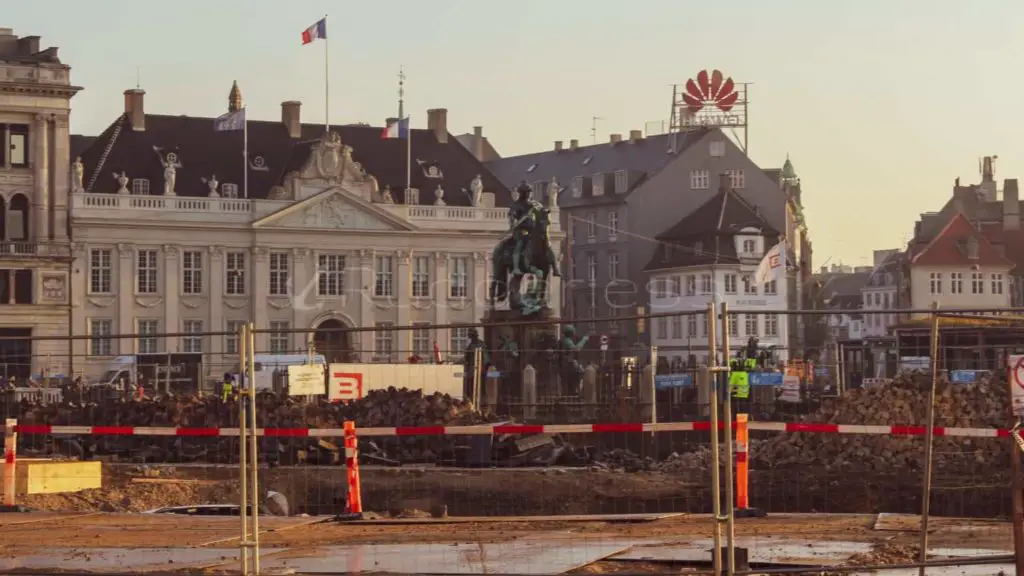
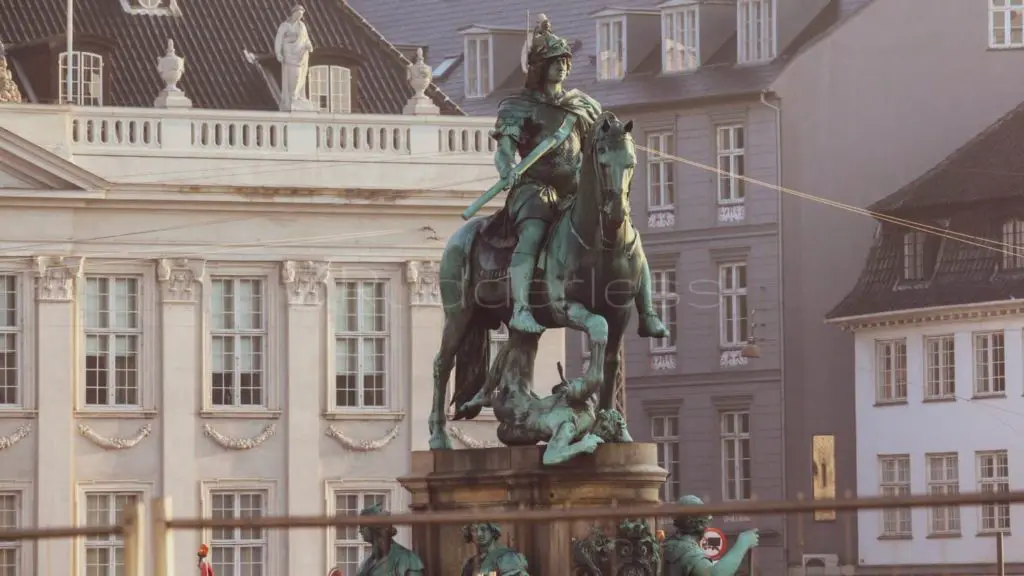
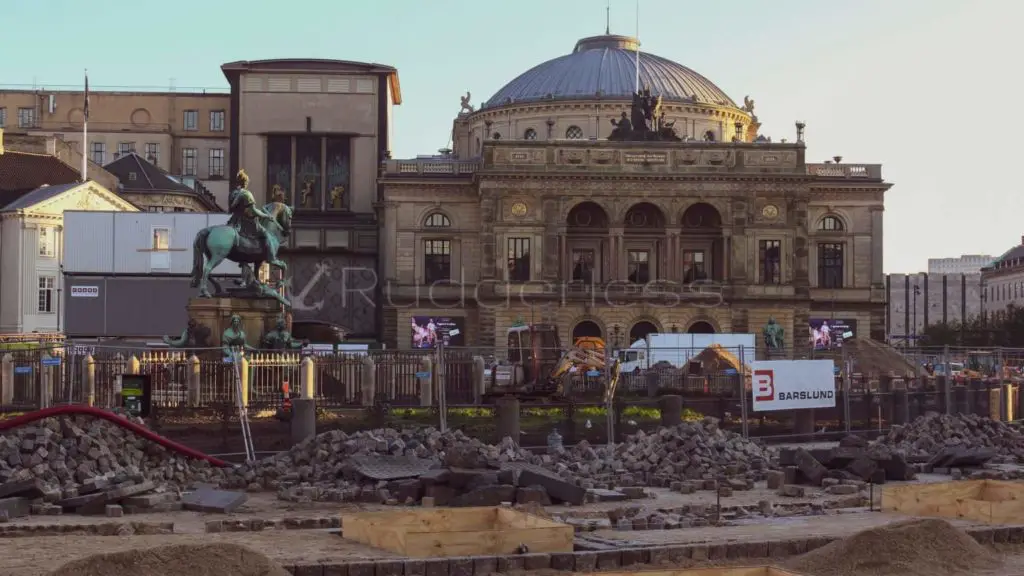
Børsen
Also known as Børsbygningen, the Børsen is a 17th-century stock exchange in the center of Copenhagen. The historic building is situated next to Christiansborg Palace, the seat of the Danish Parliament, on the island of Slotsholmen.
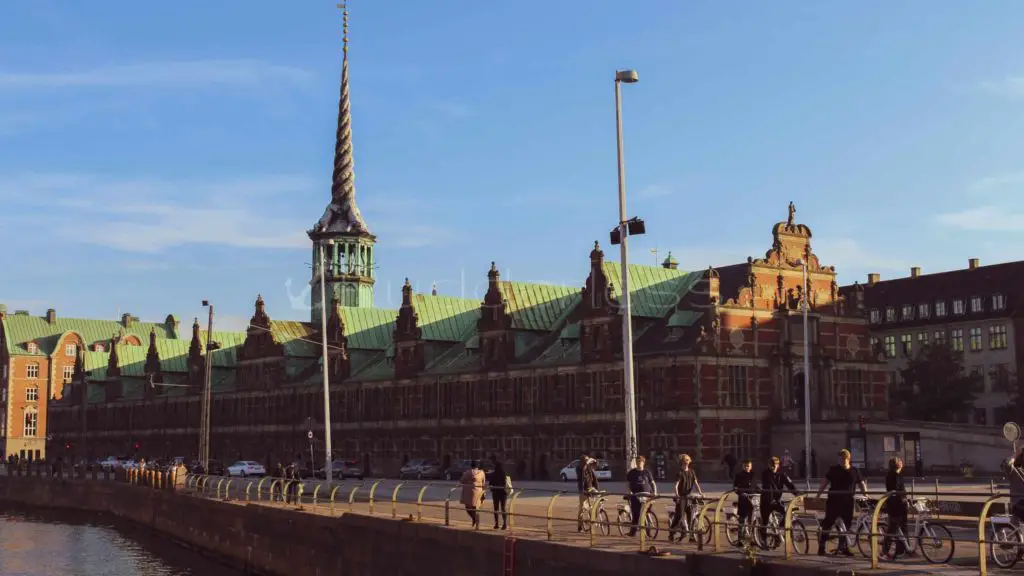
Christiansborg Palace
Christiansborg Castle, houses the Royal Representative, the Royal Stables, the Royal Festkøkken, Christiansborg Castle Church and the ruins below the castle. The present Christiansborg Castle has been in place since 1928, but kings and queens have ruled here for centuries. In fact, Slotsholmen has been Denmark’s central power for 800 years. Today, the HM Queen uses the castle for official events; gala dinners, public audience etc.
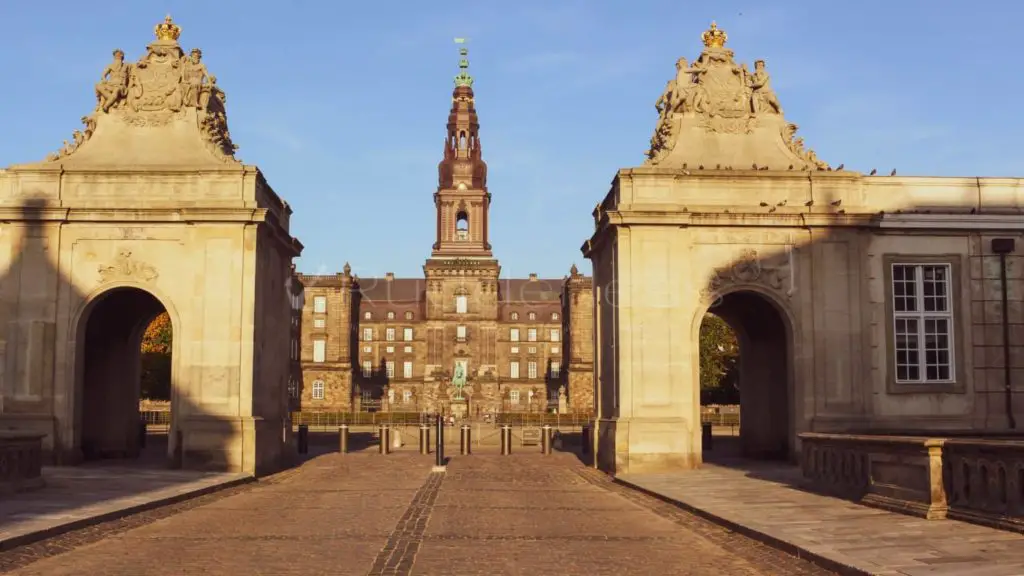
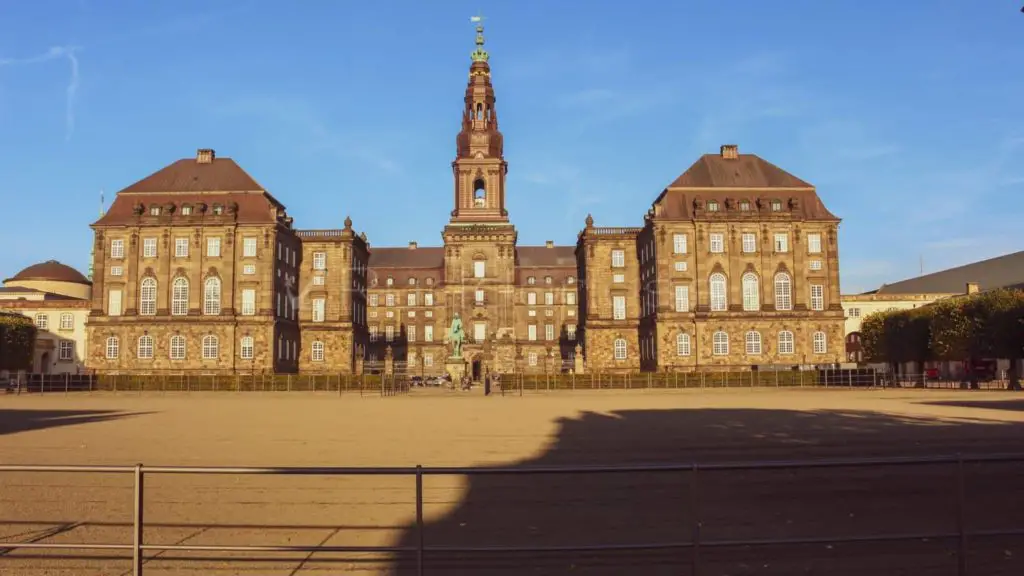
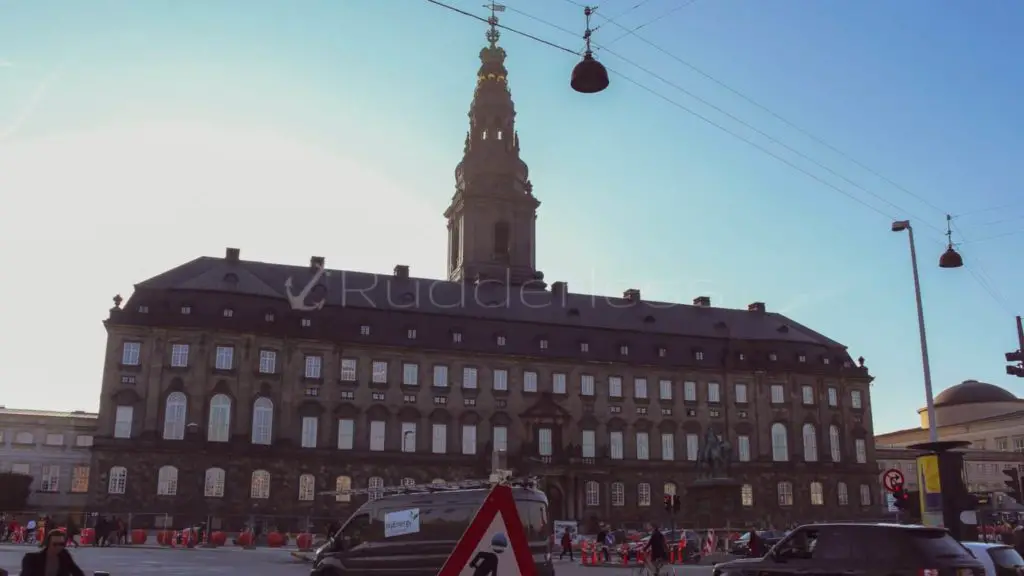
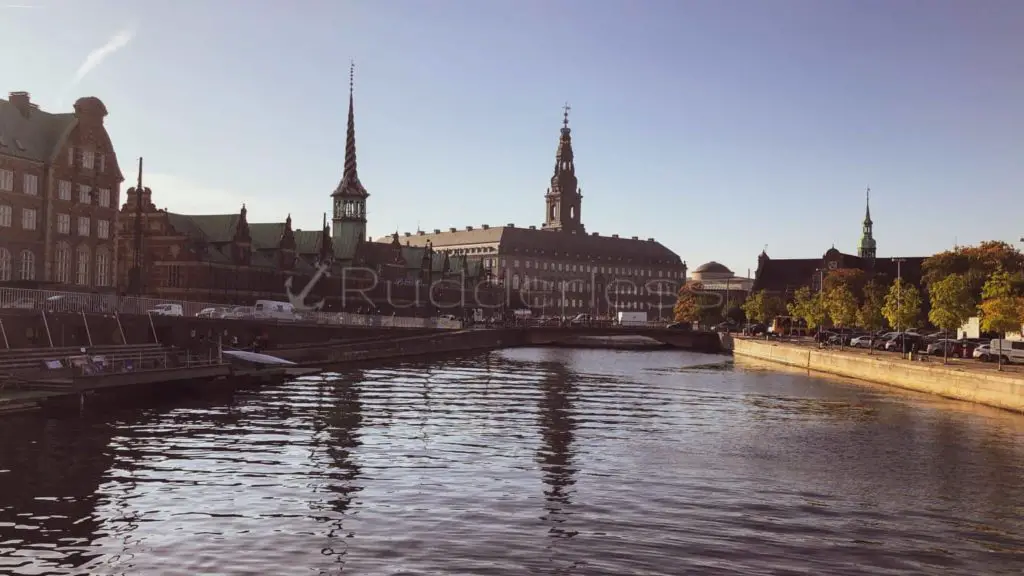
National Museum of Denmark
One of the best Copenhagen museums is located in The Prince’s Palace. The National Museum in Copenhagen has exhibitions from the Stone Age, the Viking Age, the Middle Ages, the Renaissance and Modern Danish History. The Prince’s Palace was built in 1734-44, and although the Great Hall still appears elegant, it is no longer being used by the royal family.
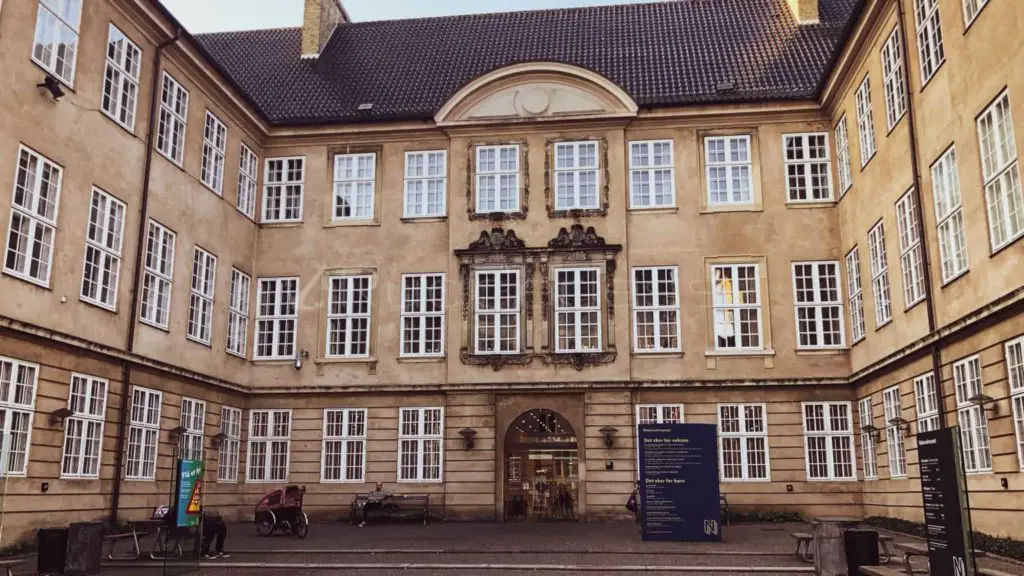
Ny Carlsberg Glyptotek
More museums in Copenhagen – if you have time. Ny Carlsberg Glyptotek displays ancient as well as modern art in two central departments that combining art in impressive architectural surroundings. It was founded in 1888 by brewer Carl Jacobsen (son of J. C. Jacobsen, who founded the brewery Carlsberg).
It is considered a top Copenhagen art museum.
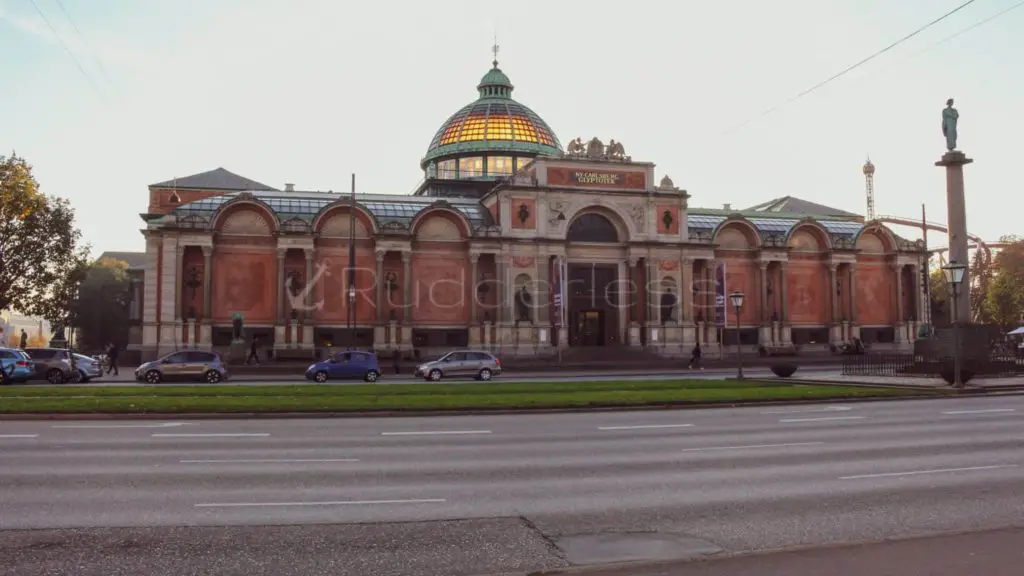
Tivoli Gardens
Tivoli Gardens amusement park is a must for all visitors, young and old. It’s located across the street from Copenhagen City Hall, and near Copenhagen Central Station. Tivoli Gardens was founded in 1843, and both fairy tale writer Hans Christian Andersen and Walt Disney himself visited the gardens, which makes it a national treasure and an international attraction.
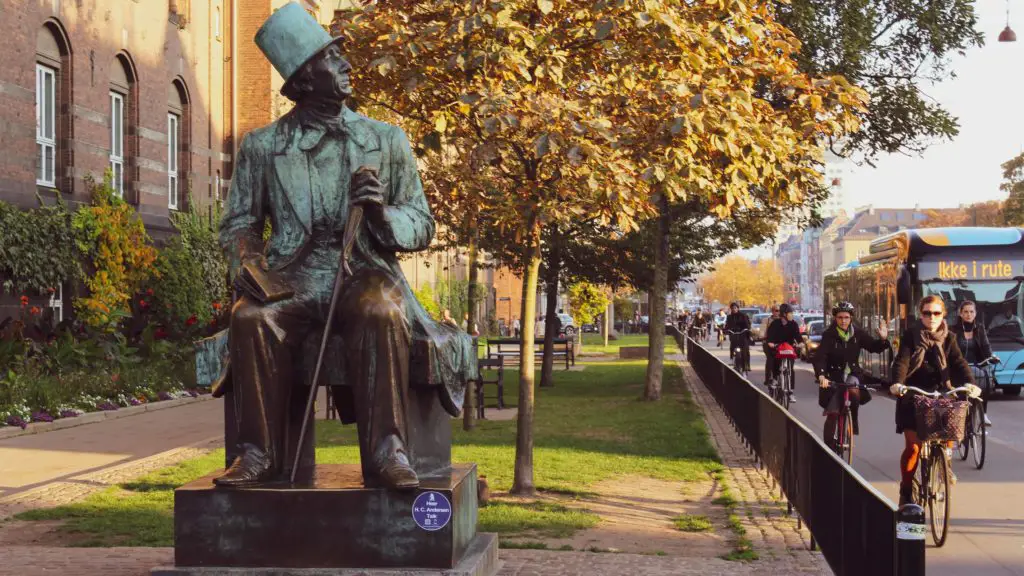
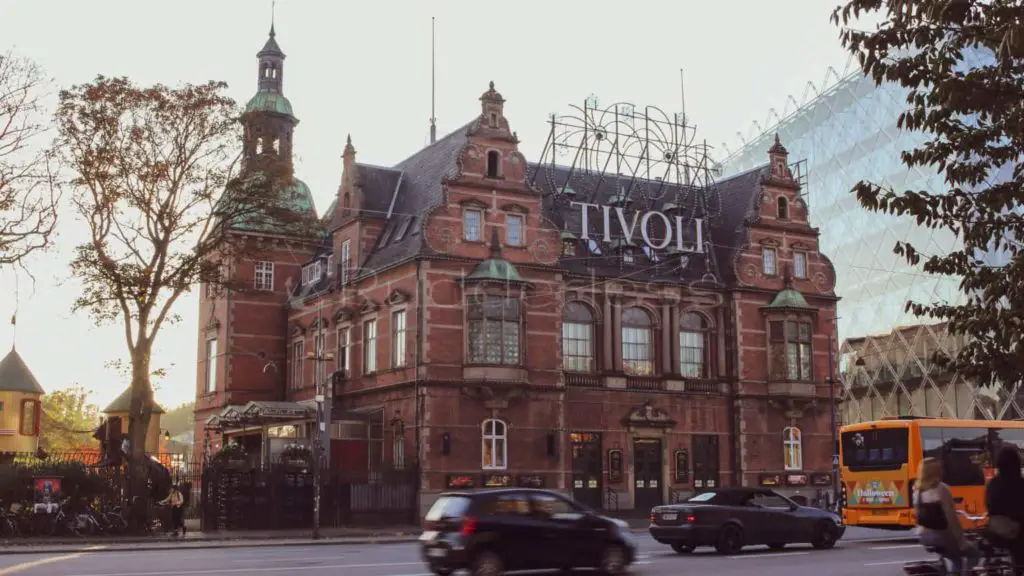
City Hall Square + Jens Olsen’s World Clock
City Hall Square or Rådhuspladsen in Danish is the square in the middle of Copenhagen, located in front of Copenhagen City Hall. Like most City Hall squares, it’s not only used as an accessible space for events, celebrations and demonstrations. It’s also used as a central point for measuring the distance from Copenhagen.
Located inside Copenhagen City Hall is Jens Olsen’s World Clock, made by the Museum of Copenhagen and the Municipality of Copenhagen. The exhibition tells the story of the unique clock, the man who created it, and how it ended up in the city hall.
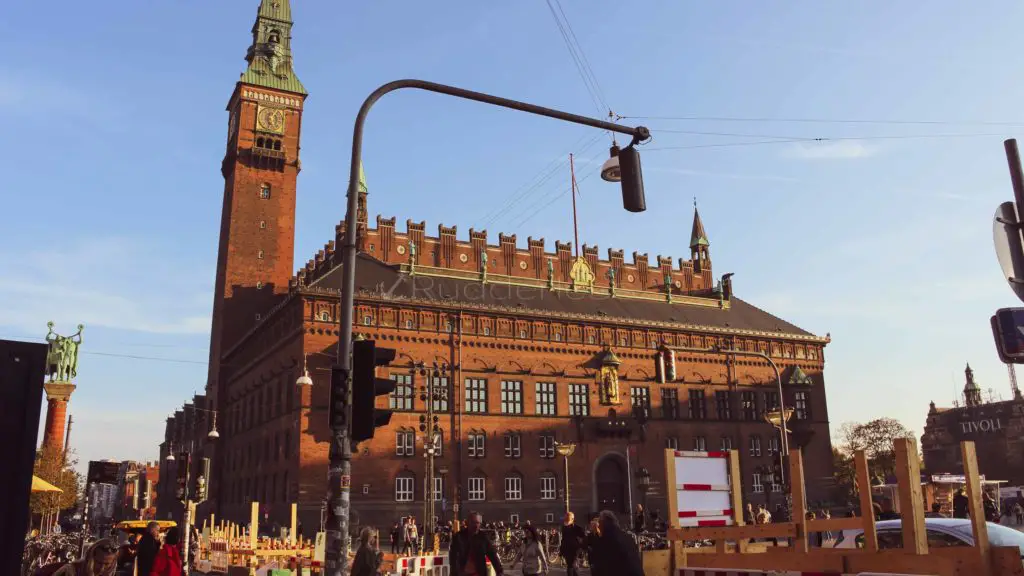
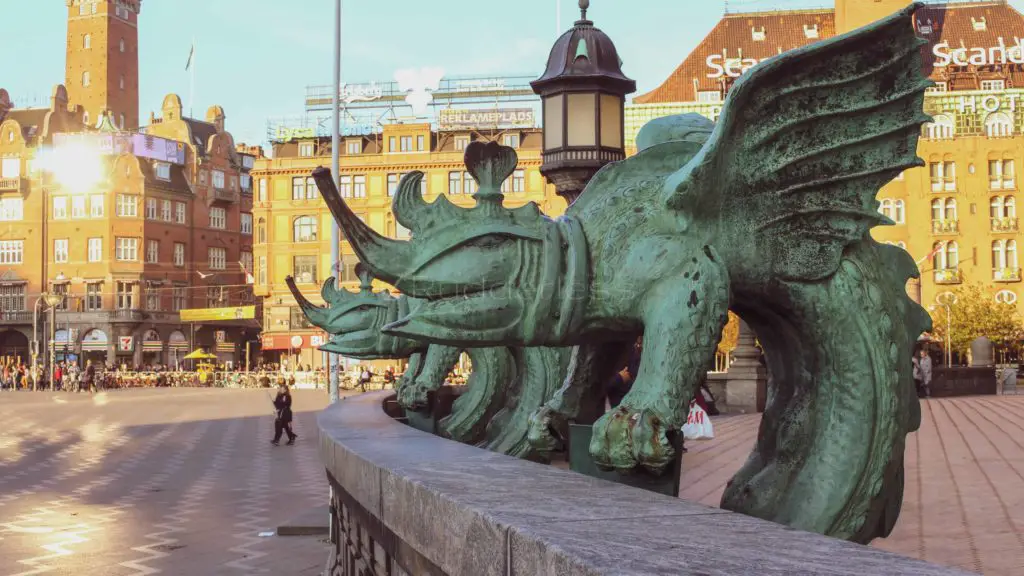
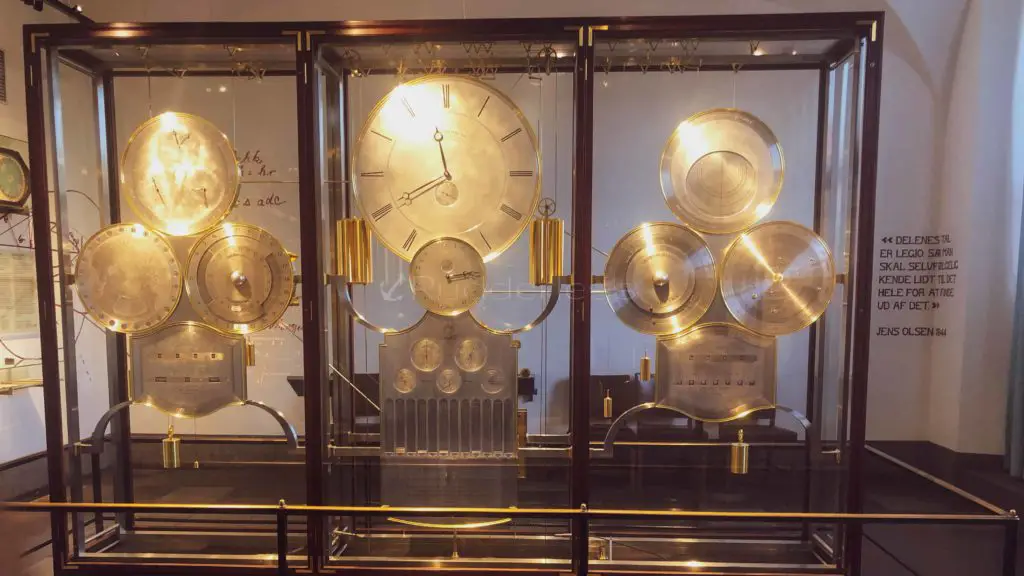
City Hall Square
City Hall Square or Rådhuspladsen in Danish is the square in the middle of Copenhagen, located in front of Copenhagen City Hall. Like most City Hall squares, it’s not only used as an accessible space for events, celebrations and demonstrations. It’s also used as a central point for measuring the distance from Copenhagen.
Stroget Pedestrian Street
Stroget St is one of Europe’s longest pedestrian streets. At 1 kilometre, it runs from City Hall Square to Kongens Nytorv square (King’s New Square). Strøget.
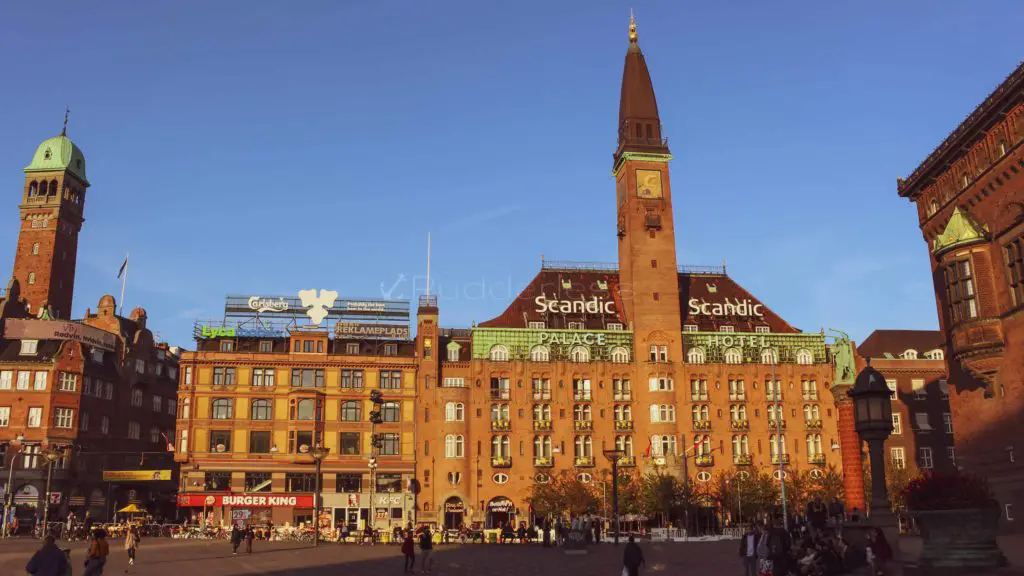
Copenhagen Cathedral
The architect C.F. Hansen designed the Copenhagen Cathedral in a Neo-Classicist style. King Frederik VI laid the foundation stone in 1817, but the present cathedral has housed a church ever since Bishop Absalon, (the founder of Copenhagen), which had a small church that was erected around 1200. The church has since seen many important events throughout Danish history.
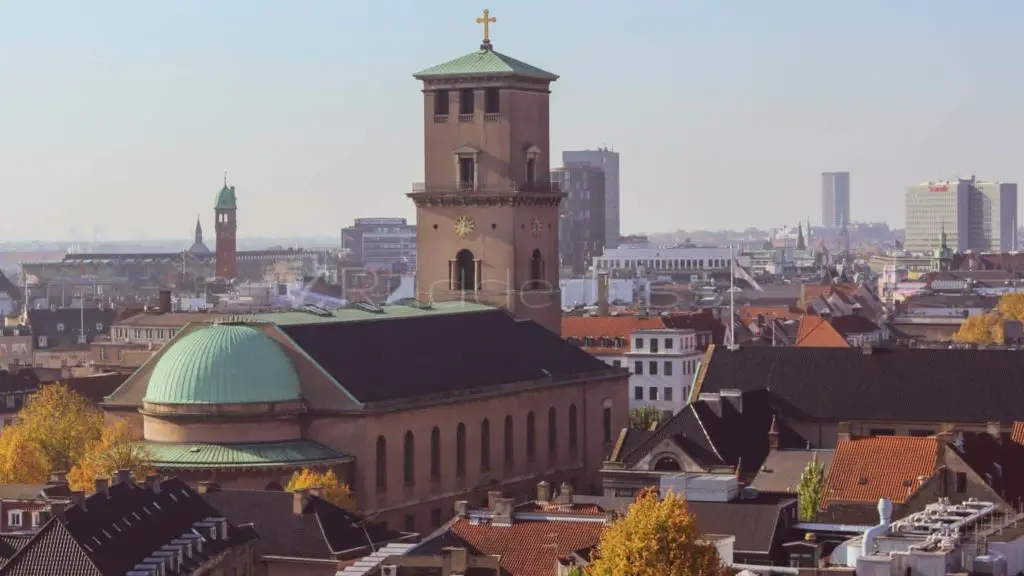
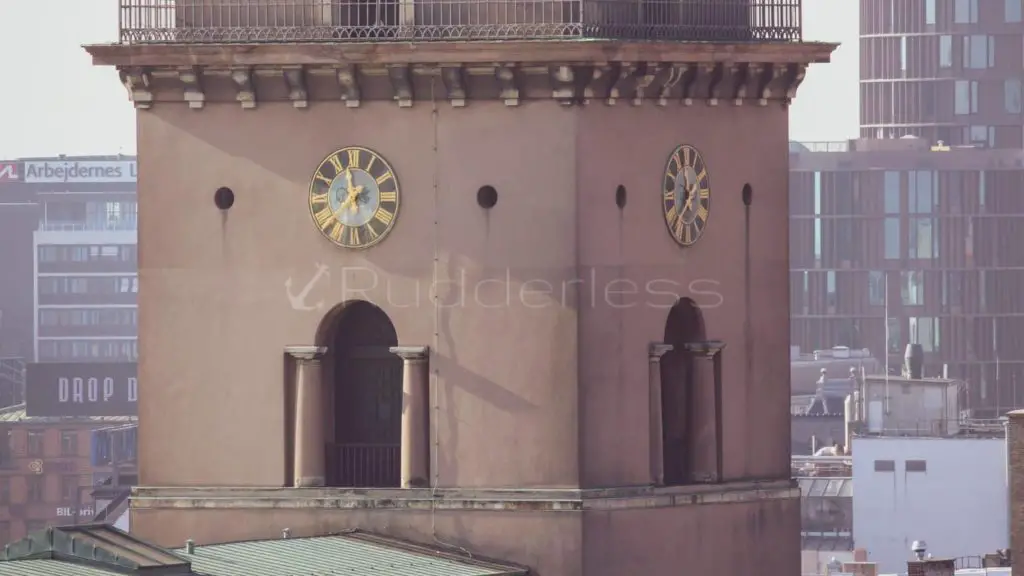
The Round Tower
The Rundetaarn, otherwise known as The Round Tower, is a 17th-century tower and observatory. It is the oldest functioning observatory in Europe built by Christian IV.
Because of astronomer Tycho Brahe, Denmark became famous for its astronomical achievements. So when he died in 1601, the King, wanting to continue his research and had the tower built – which is still used by amateur astronomers today. The observatory, encircled outdoor platform gives you a fantastic view of the old part of Copenhagen.
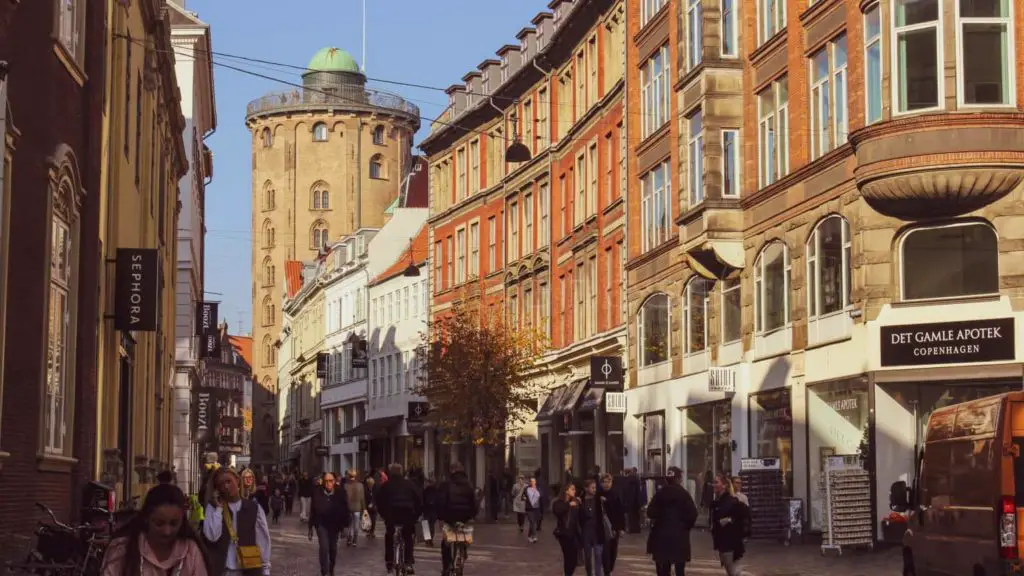

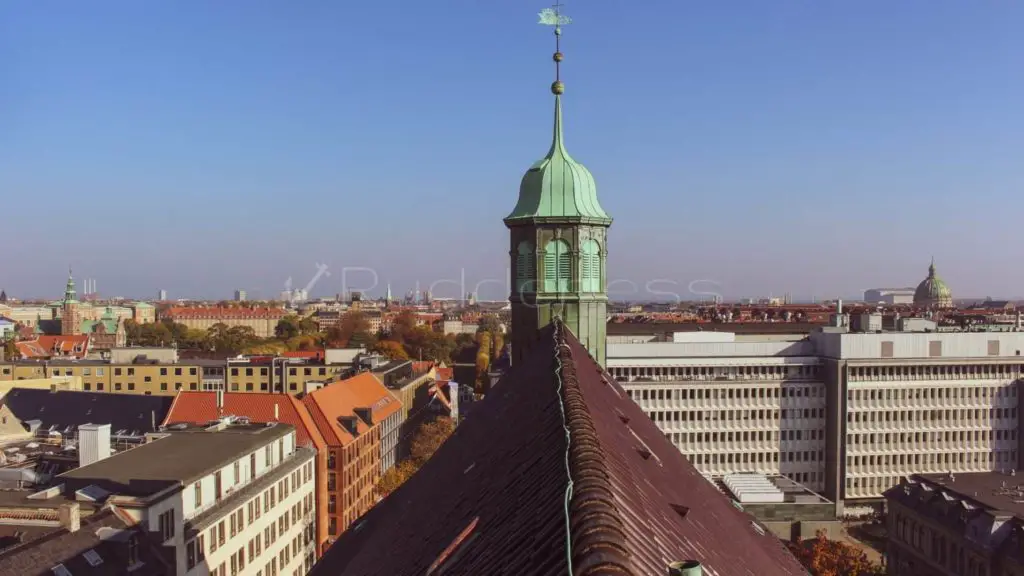
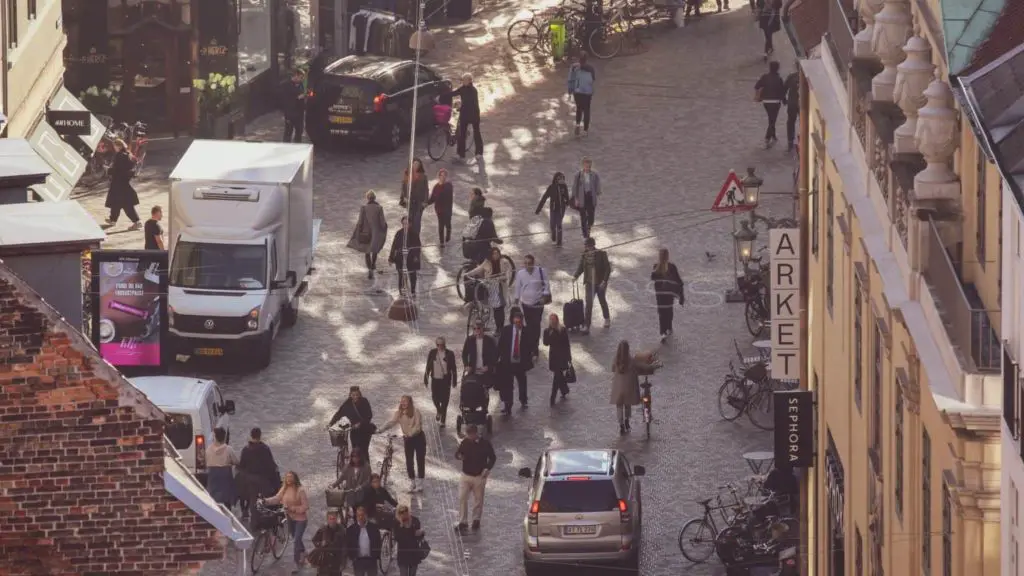
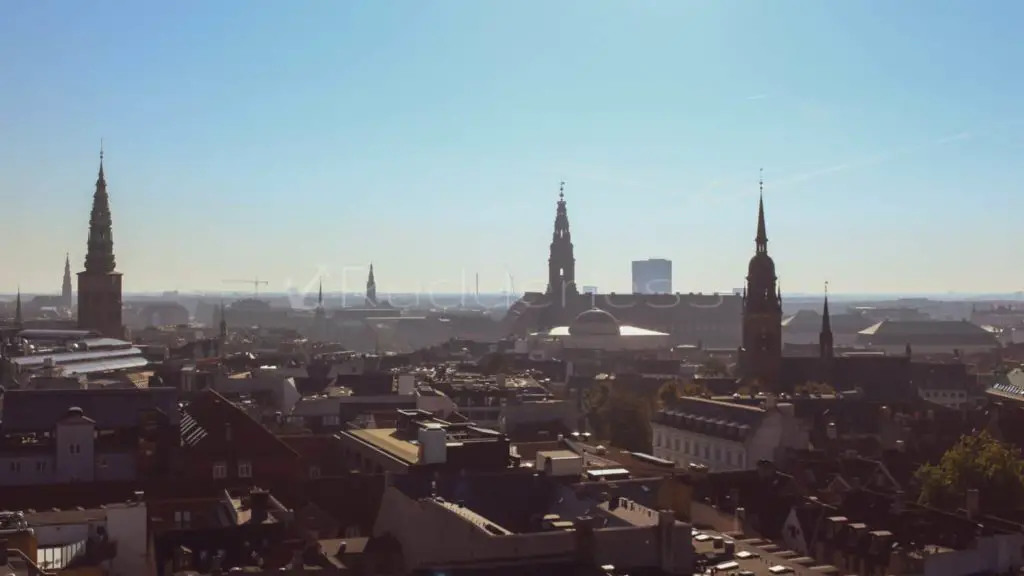
Trinitatis Church
The Trinity Church was inaugurated in 1656 and consecrated as a church for the professors and students of the University. Today it serves as an ordinary parish church, but with The Round Tower beside it, the name Holy Trinity can refer to the church, the observatory and the university library. The church interior was heavily damaged. During the great fire of 1728, the inside of the church was severely damaged but rebuilt in 1731.
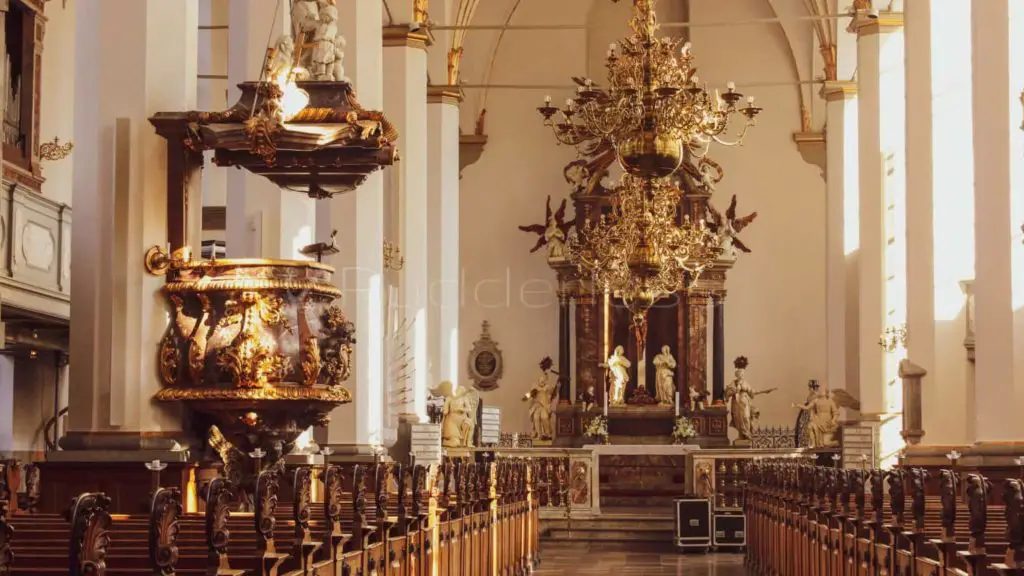
Jazz Cup
(Coffee, Beer, CD’s, Records, Live Music)
On my way to Rosenborg Castle, I stumble across this place called Jazzcup. Here you can buy music, listen to live music or buy coffee or beer. Between the sound of jazz music, the smell of old vinyl or the intoxicating aroma of fresh coffee, I couldn’t decide what I loved more.
Jazzcup is part of JazzKlubben, an organization to be the ambassadors for jazz music in Denmark with live concerts every Friday and Saturday.
I promised the owner I’d come back. 😜
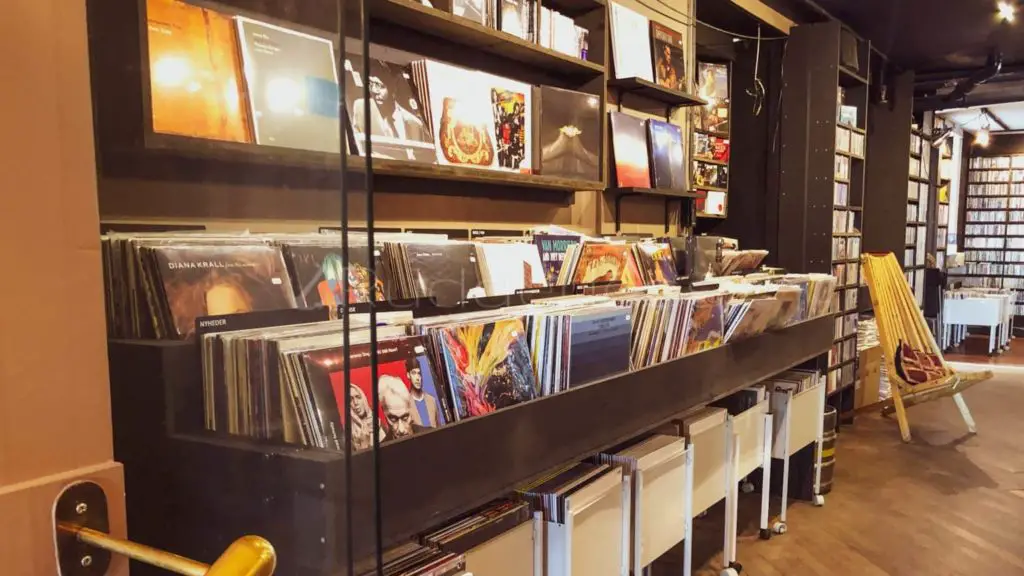
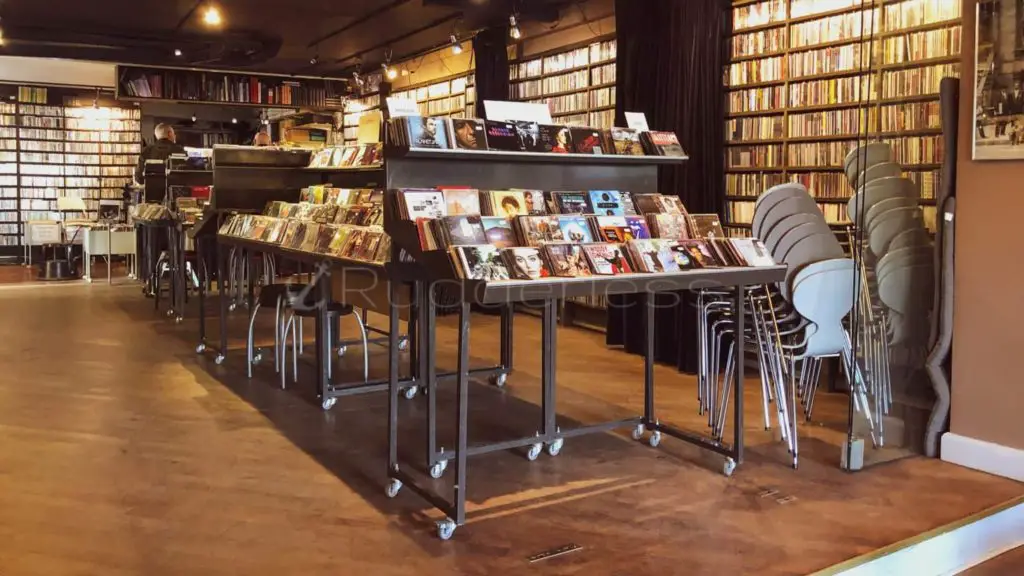
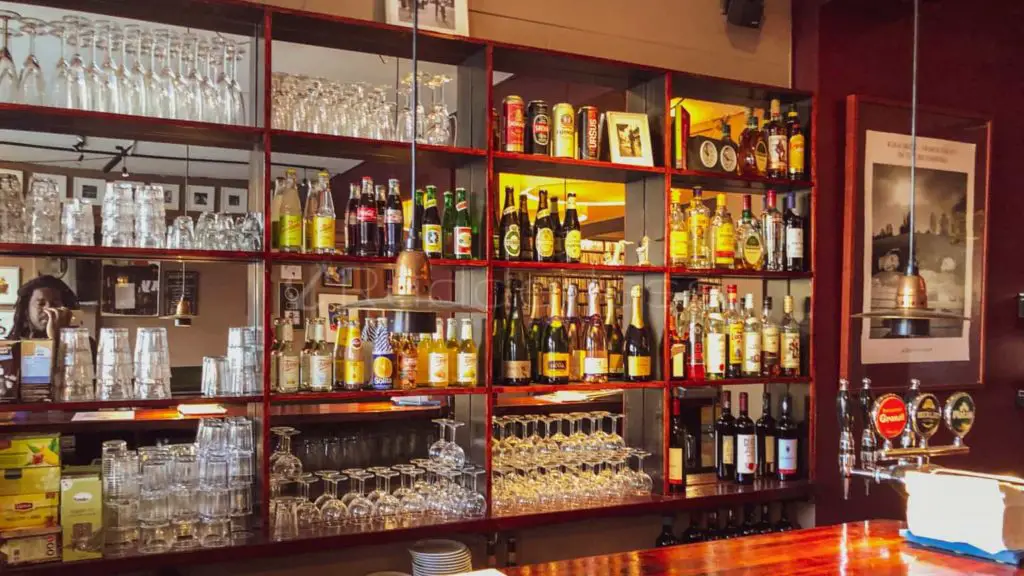
Tuborg Beer
While at the Jazzcup, I decided it was time for a little Danish-inspired beer. Tuborg, the Danish brewing company, was founded in 1873 on a harbour in Hellerup. Since 1970 it has been part of the Carlsberg Group and Tuborg pilsner was first brewed in 1880.
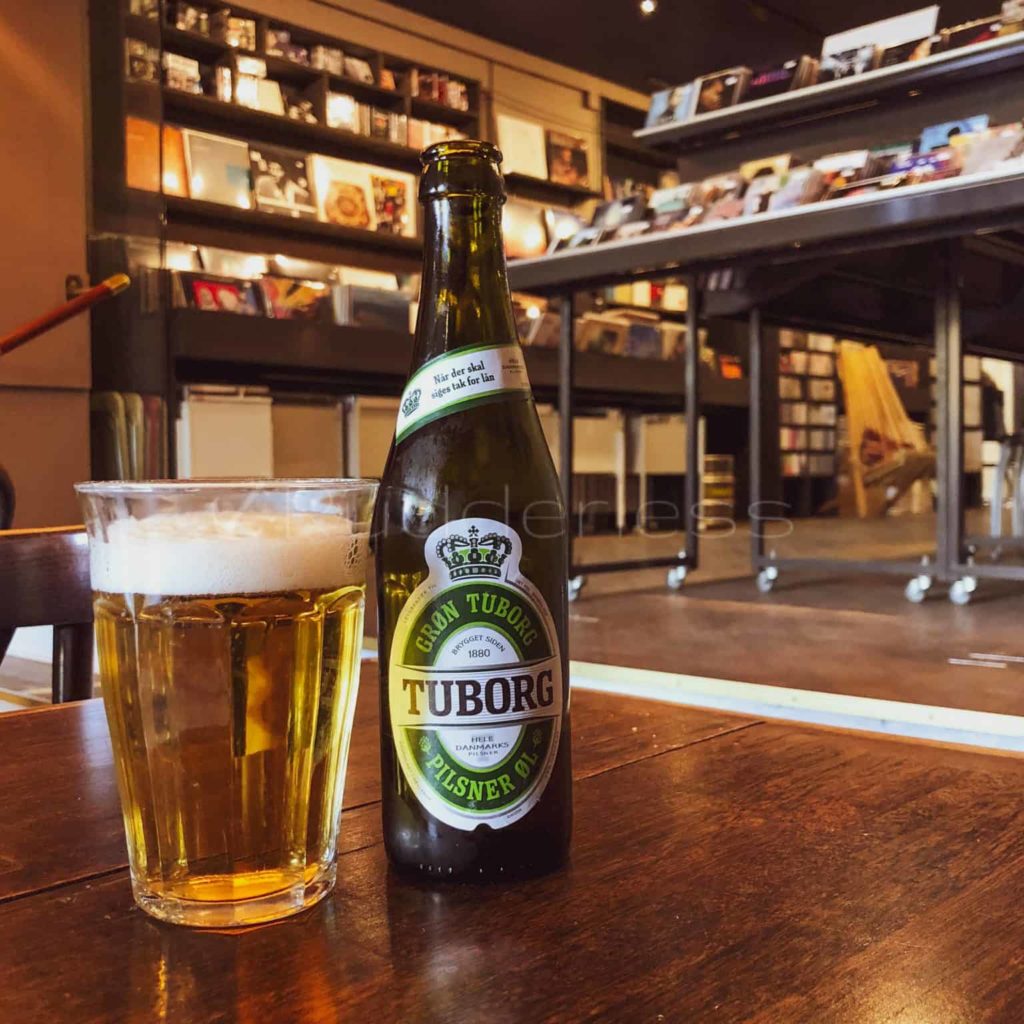
Rosenborg Castle
King Christian IV built the Rosenborg Castle in the early 17th century and is set in the King’s Garden or the Rosenborg Castle Gardens. In the Knights’ Hall, you’ll find the coronation thrones, three life-size silver lions on guard and tapestries on the walls commemorate the battles between Denmark and Sweden.
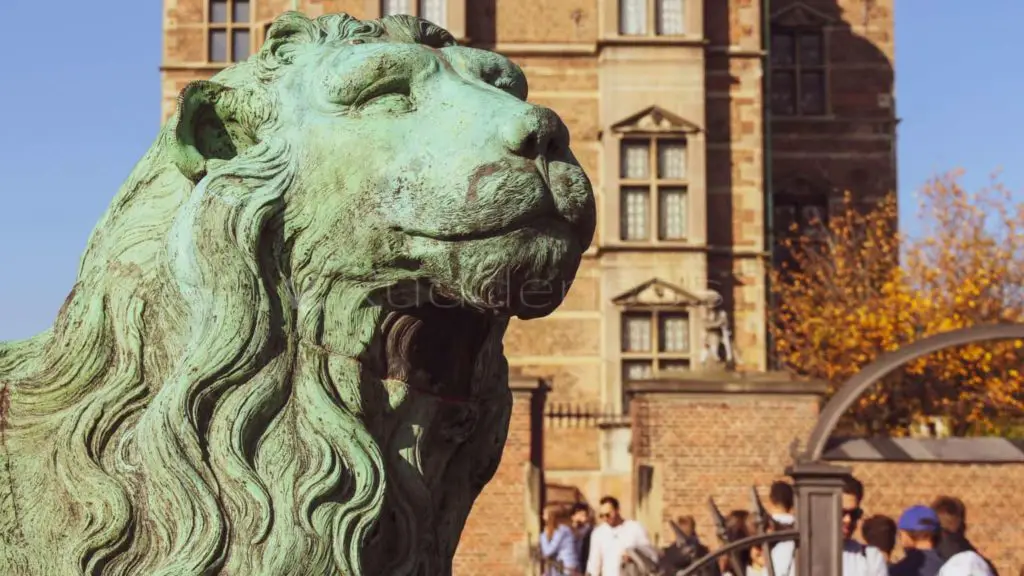
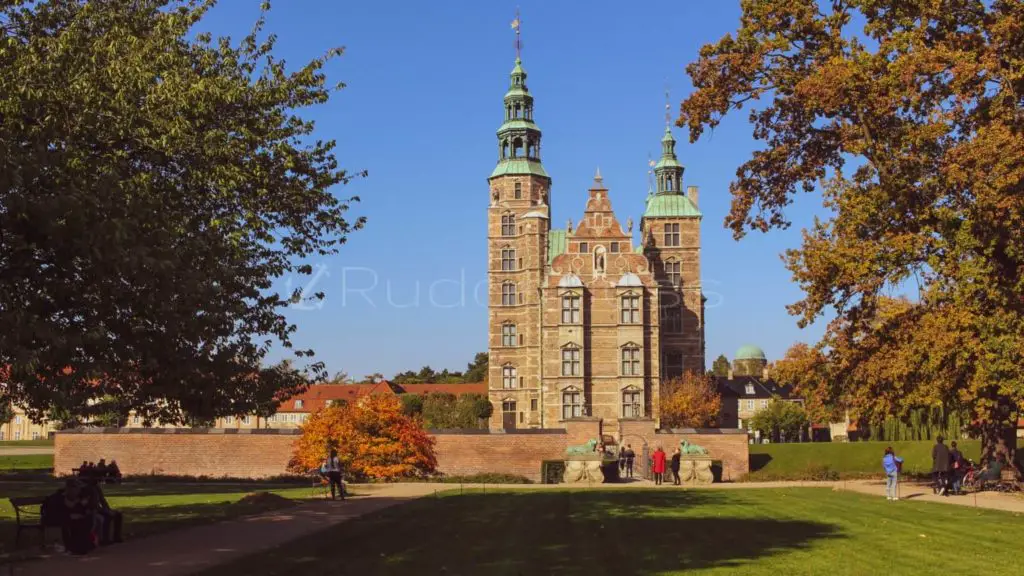
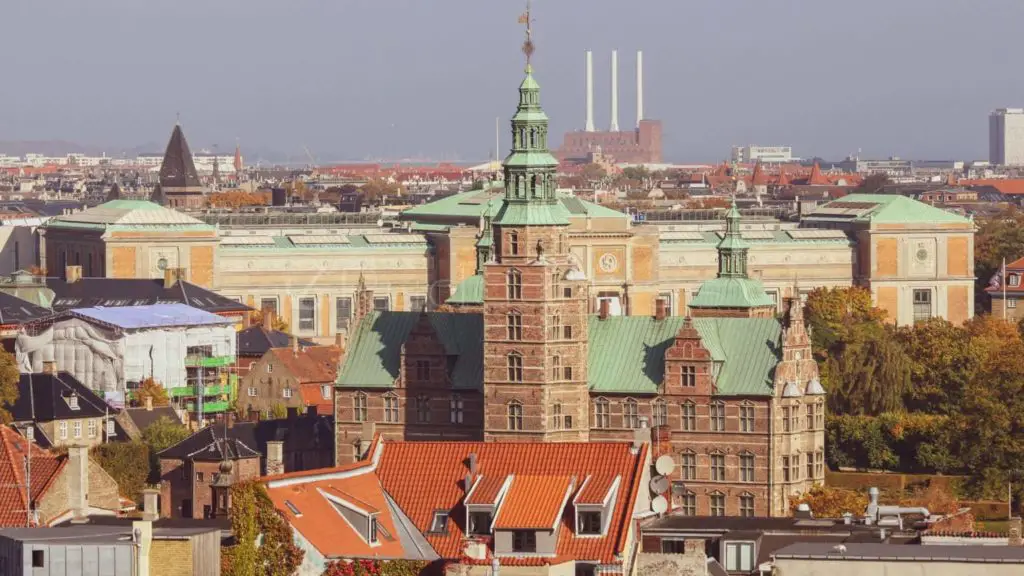
SMK – Statens Museum for Kunst
With 400 paintings spread out across 24 rooms. One hundred fifty years of Danish and Nordic art from the 1800s realistic Golden Age and the Modern Breakthrough. Included are Danish heavyweights like Nicolai Abildgaard and C.W. (Christoffer Wilhelm Eckersberg). Historical overview, topical themes, focus on artists of particular significance as well as and tackling many overlooked chapters in Danish art history.
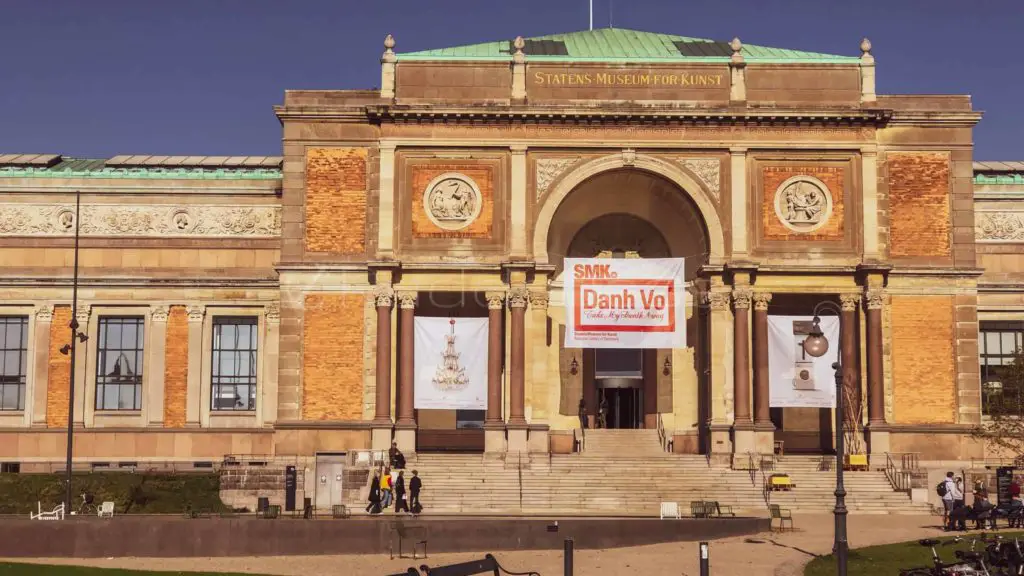
The Little Mermaid
In not sure why I’m in love with this statue. Maybe it’s her sad and lonely expression as she waits for her prince. Without a doubt, this is one of Copenhagen’s most famous tourist attractions. Although she doesn’t look a day over 20, the sculpture of The Little Mermaid turned 100 years old in August of 2013. She was unveiled on 23 August 1913 as a gift to the city of Copenhagen from the Danish brewer Carl Jacobsen.
The sculpture is made of bronze and granite and was inspired by Hans Christian Andersen’s fairy tale about a mermaid who gives up everything to be with a young, handsome prince on land. Every morning and evening, she swims to the surface. From the bottom of the sea and sits on her rock, staring longingly towards the shore.
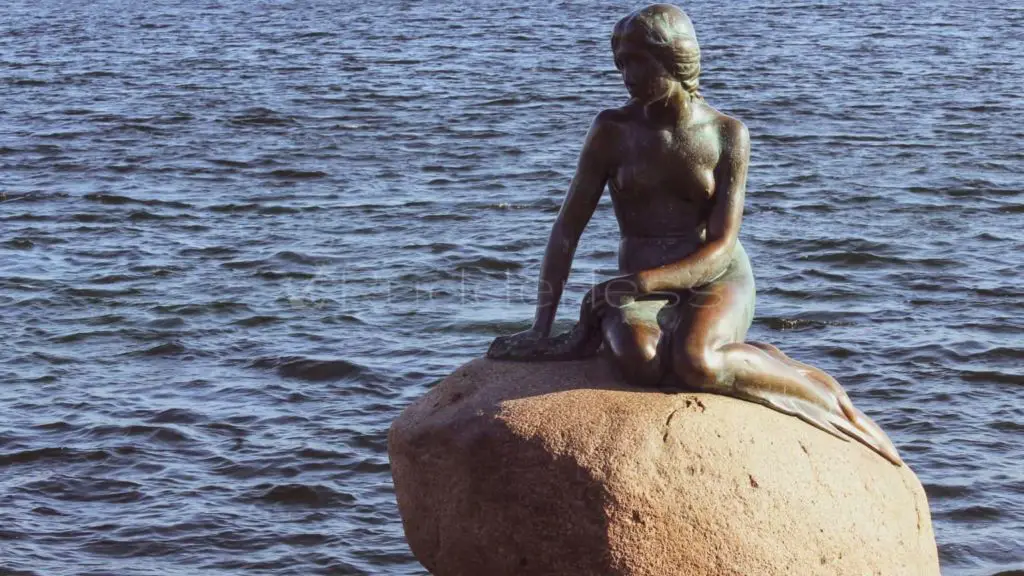
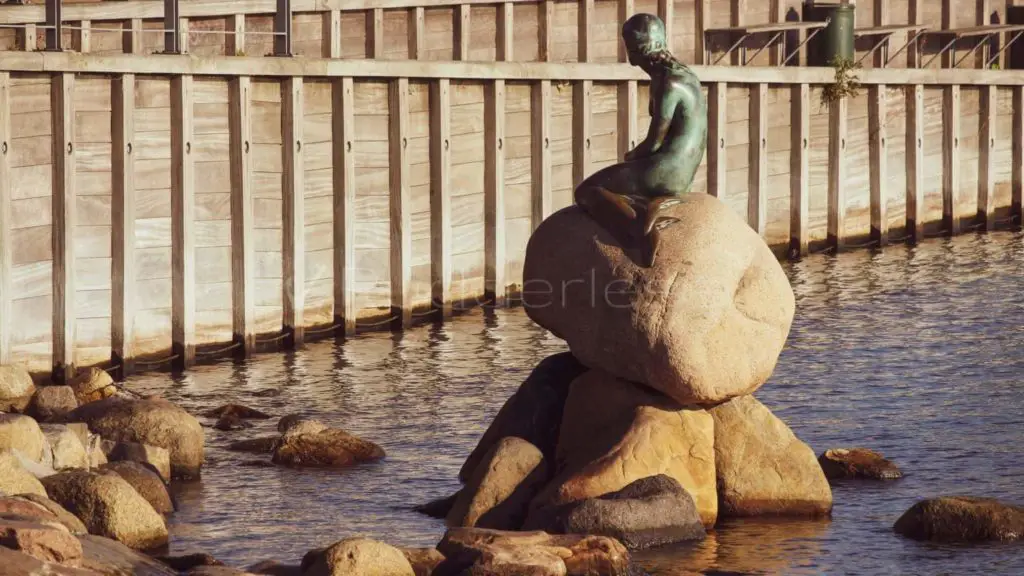
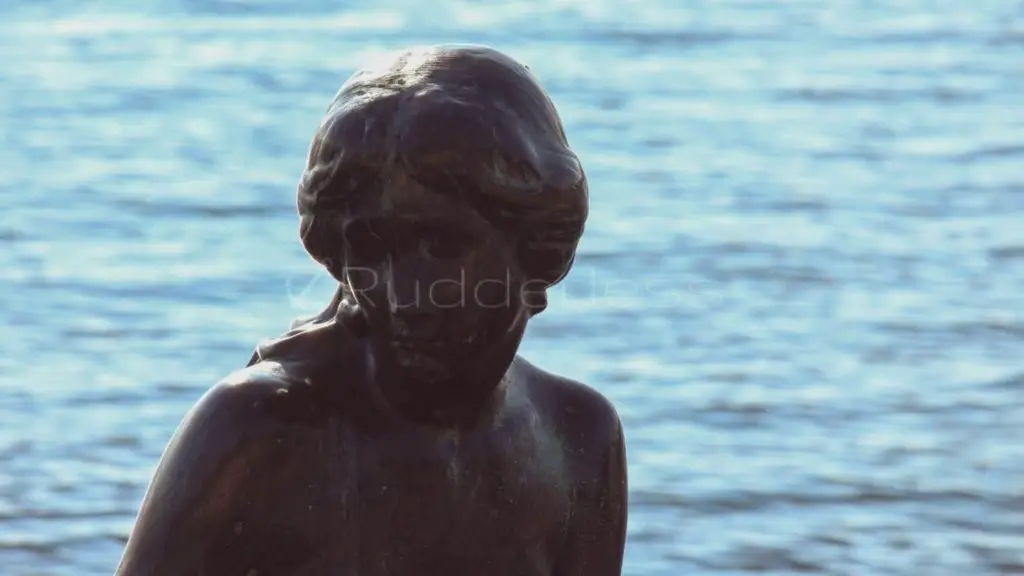
Day 2
What To Do In Copenhagen
Kastellet
Kastellet (The Citadel), is one of the best-preserved fortresses in Northern Europe and was founded by the Danish King Christian IV in 1626. It’s shaped like a pentagon with bastions at its corners. The buildings inside are used as military barracks with offices.
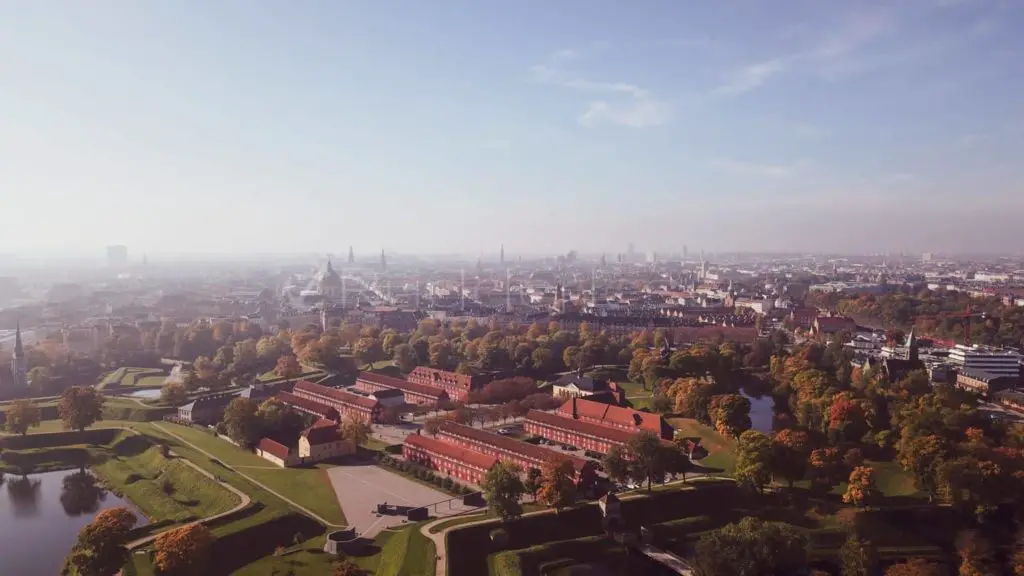
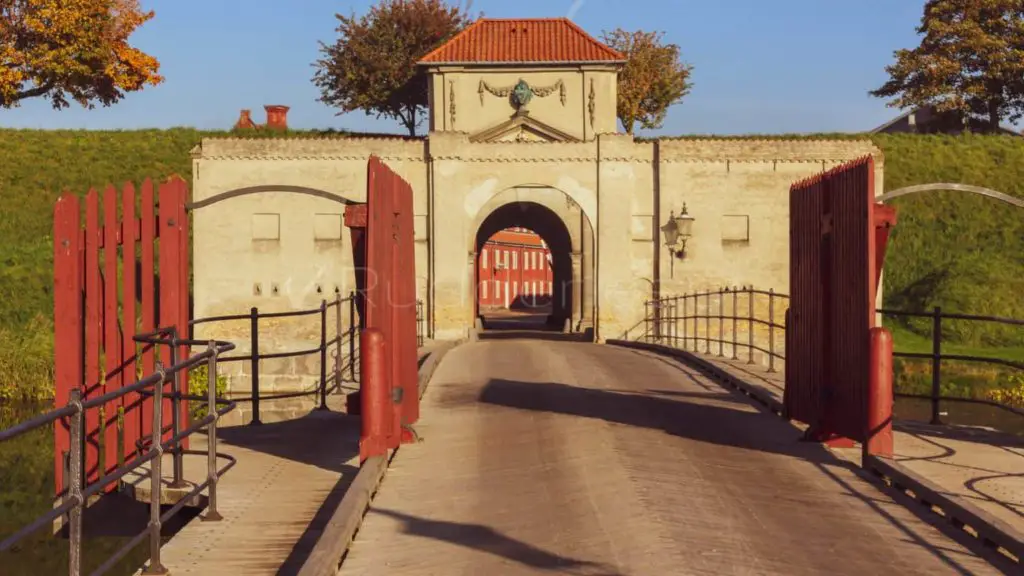
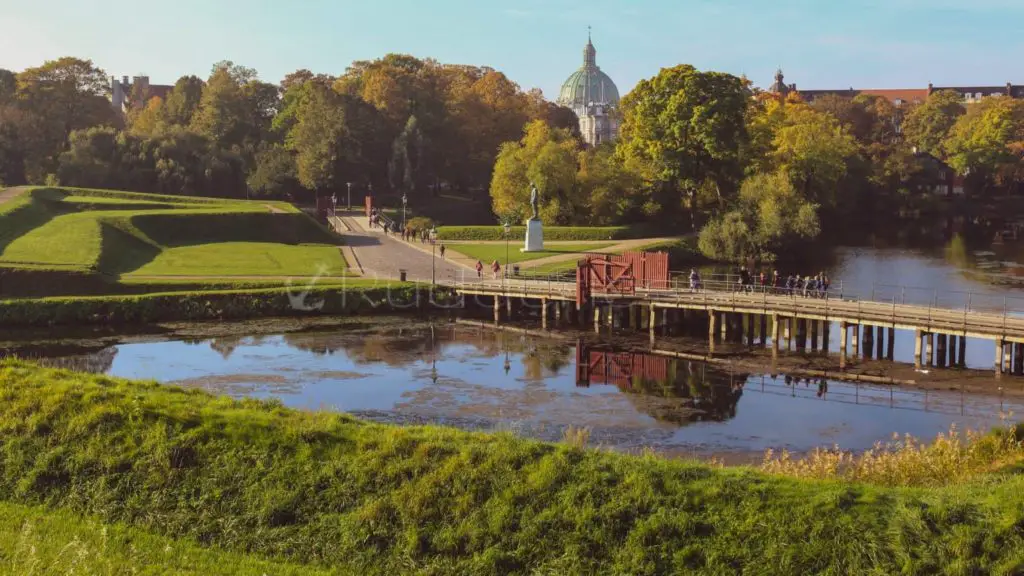
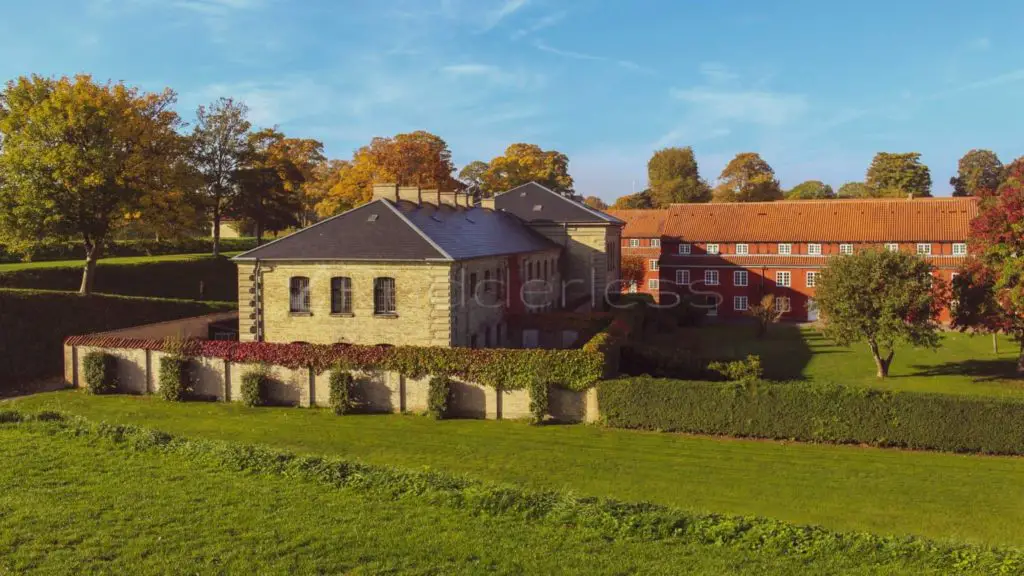
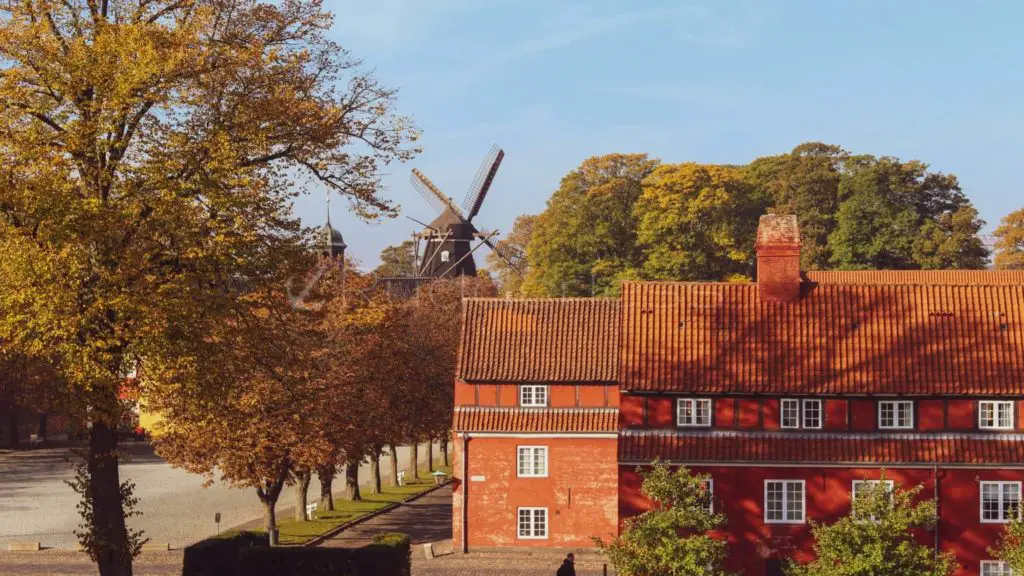
Gefion Fountain
Right beside Kastellet is the largest monument in Copenhagen. The Gefion features a large-scale group of what looks like bulls being driven by the legendary Norse goddess, Gefjun. According to an ancient legend, Gefion was the goddess who ploughed the island of Zealand out of Sweden.
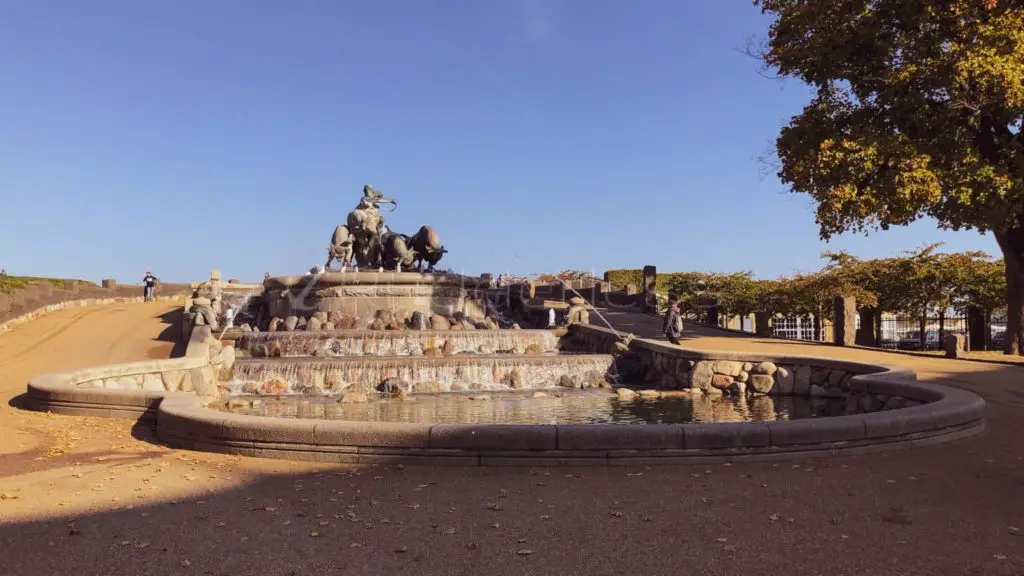
St Alban’s Church
St Alban’s Anglican Church is a growing, diverse and inclusive Christian community. Its mission is to invite all adults and children from every corner of the world to unite in striving for stillness, prayer, community, fellowship, worship and finding God.
Plus, it’s a cute church.
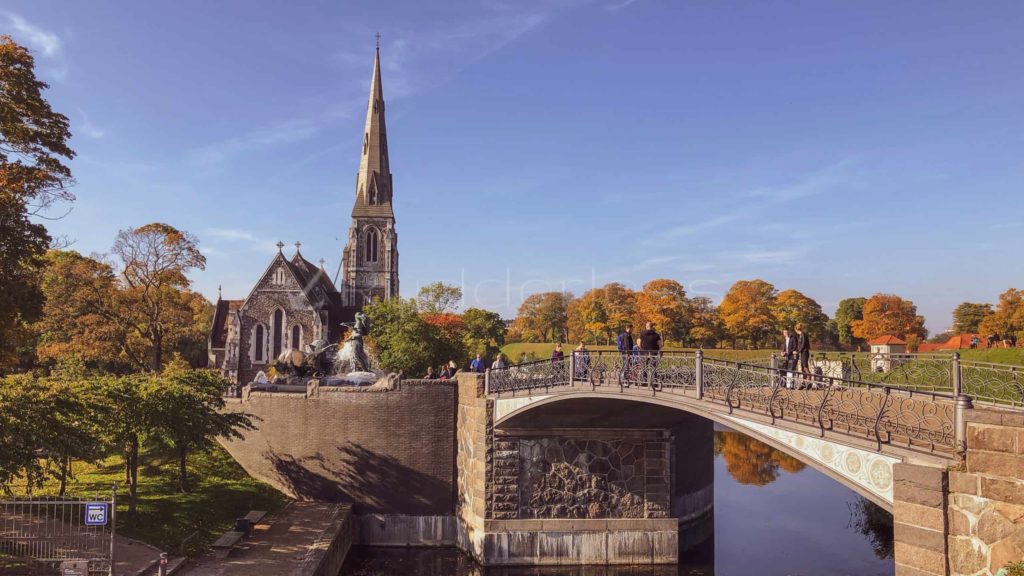
Den Kongelige Afstøbningssamling
In a space initially used to store sugar, the Royal Casting Collection (now part of the National Museum of Art) now stores more than 2,000 plaster figures with over 4000 years of history. Sculptures are ranging from pagan gods to Christian tales.
Also, you can make your own casting, take a tour of the historic warehouse or on Sundays, have an archeologist take you on a historic antiquity tour.
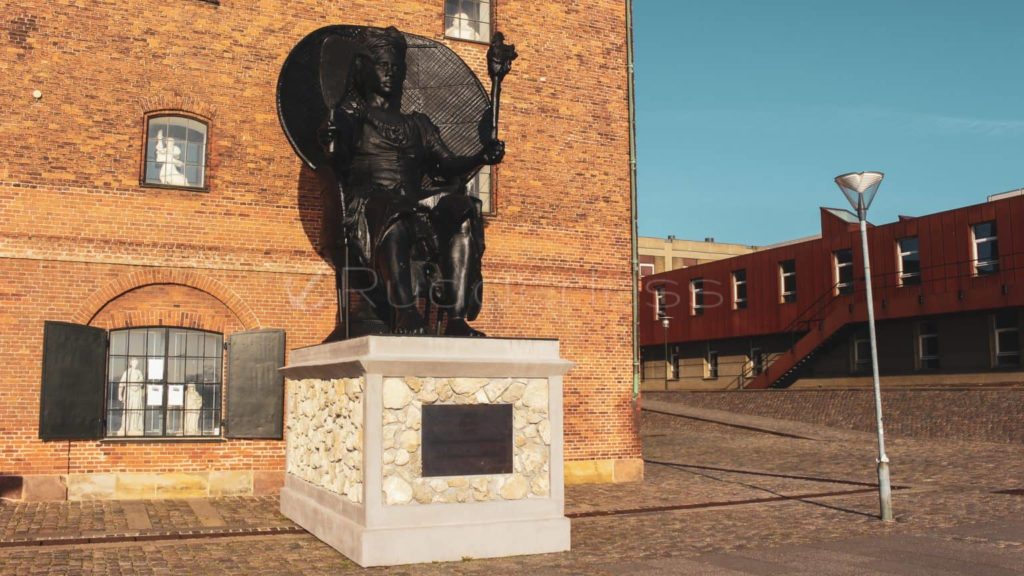
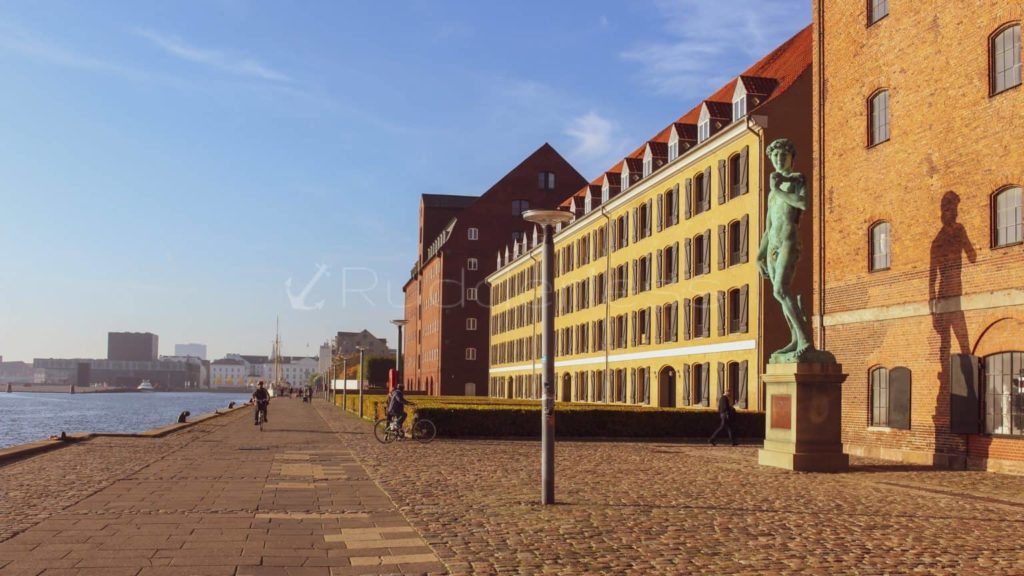
Copenhagen Opera House
The opera house is 41,000 square metres with five of the fourteen floors underground. The main stage seats 1400, and the main auditorium has 105,000 sheets of 24-carat gold leaf, which is equivalent to 1.5 kilos of gold. Danish architect Henning Larsen designed the Copenhagen Opera House, and several Danish artists have contributed to the decor.
Copenhagen Opera House is a donation from the A.P. Møller and Chastine McKinney Møller Foundation to the Danish people.
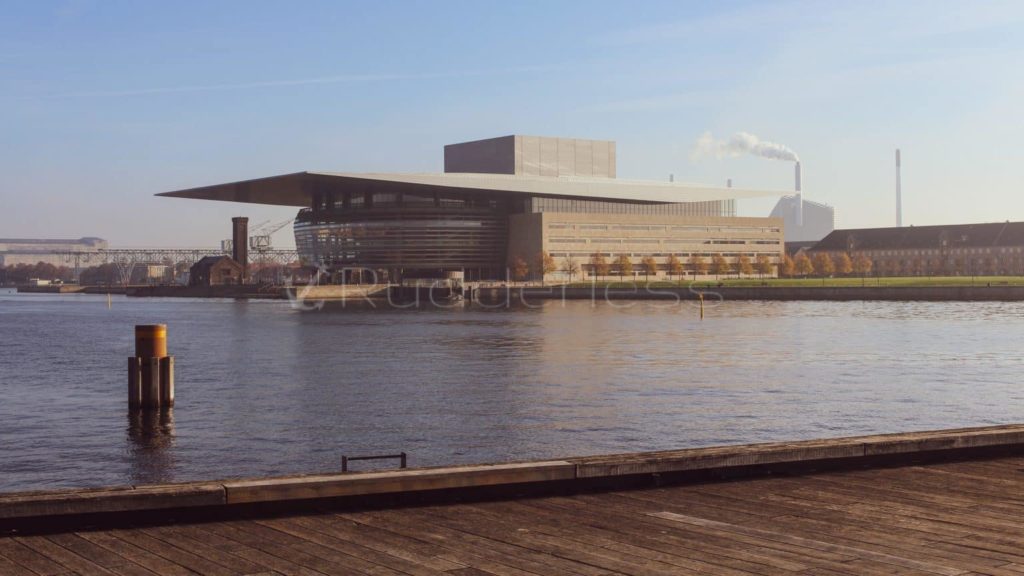
Designmuseum Danmark
Aside from being the first public hospital in Denmark, (The Royal Frederik’s Hospital), Designmuseum Danmark displays decorative art, crafts, and industrial designs.
Apart from the permanent collection, which features highly regarded Danish designers like Poul Henningsen, Kaare Klint, and Arne Jacobsen, the museum also presents temporary exhibitions.
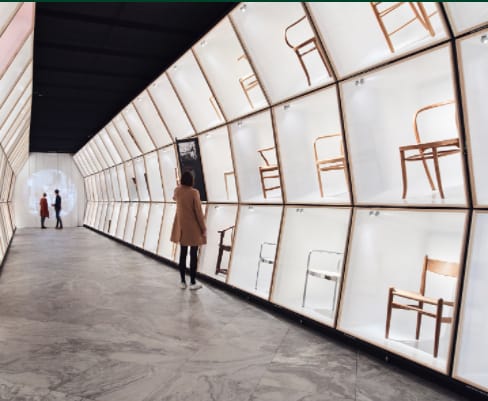
Emmery’s
(Danish Pastry’s + Coffee)
Emmery’s is a chain of small shops with a bakery and coffee roasting house. They are primarily known for their excellent organic bread and delicious cakes.
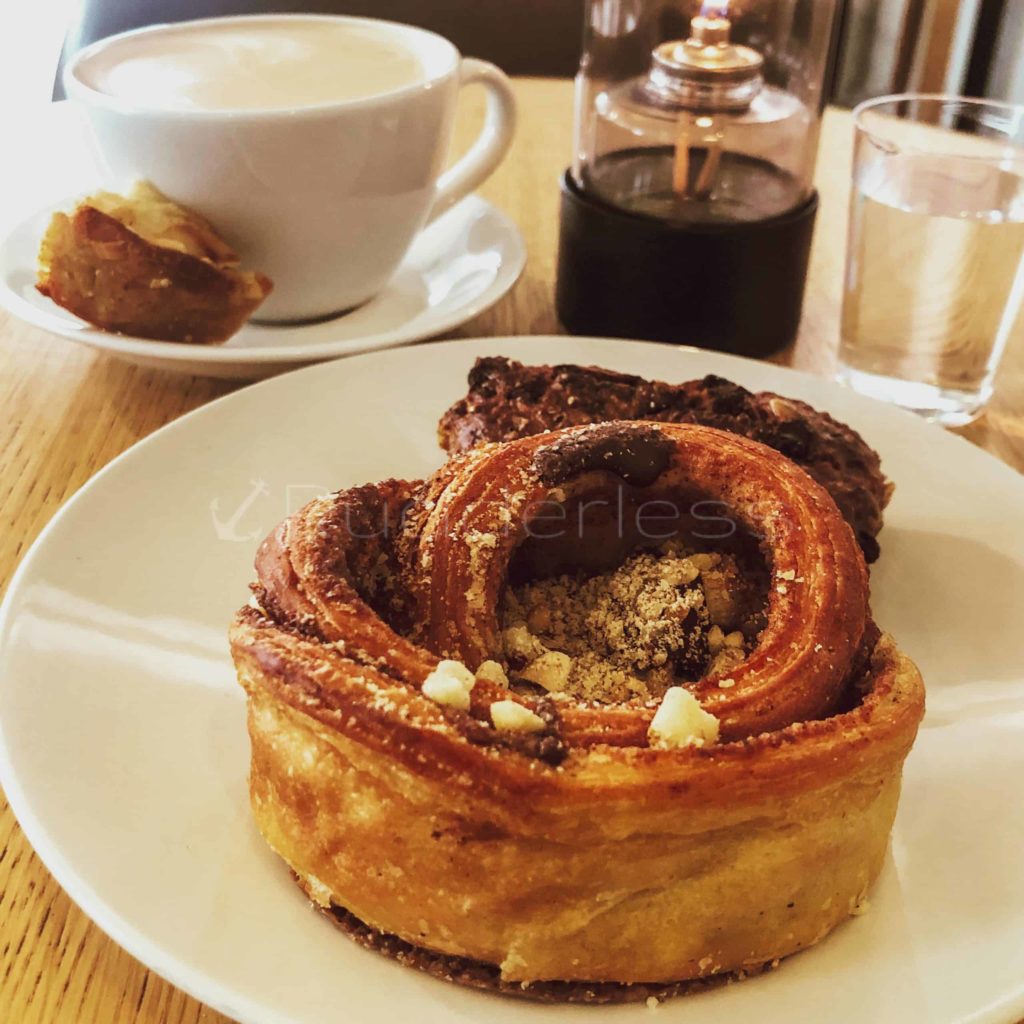
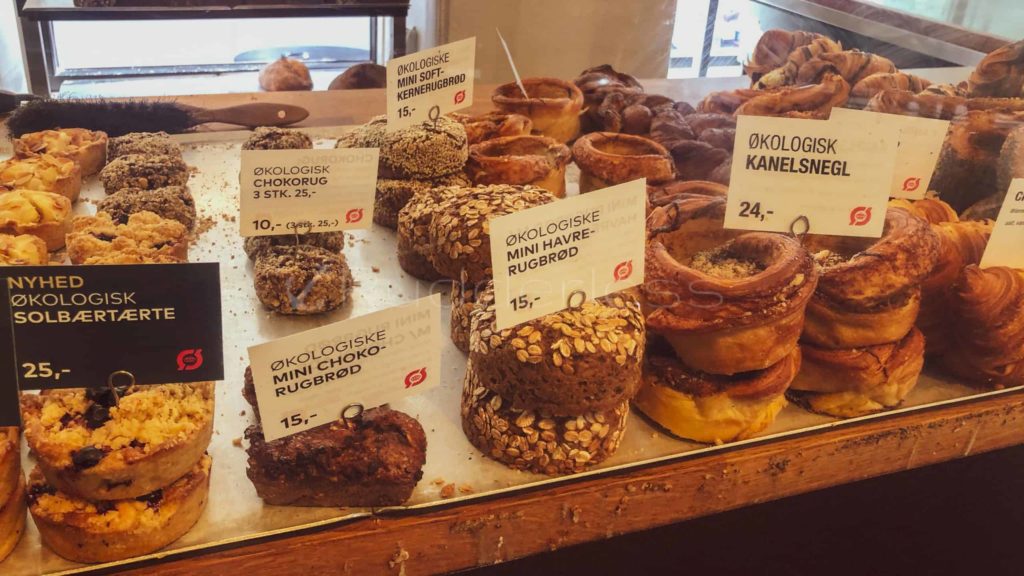
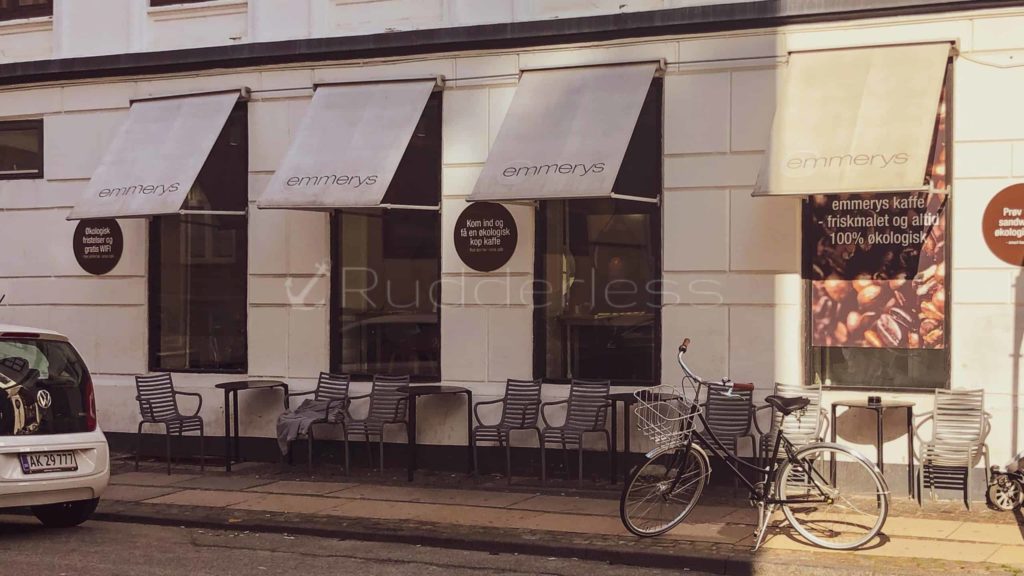
St. Paul’s Church
St. Paul’s Church – informally known as Nyboder’s Church due to its location in the middle of the Nyboder area, is a Lutheran church. It was constructed from 1872 to 1877 and designed by Johannes Emil Gnudtzmann.
The Russian Orthodox St. Alexander Nevsky Church
St. Alexander Nevsky Church is a parish of the Russian Orthodox Church Outside of Russia. (which includes the American, Greek, Serbian, Antiochian, and Bulgarian Orthodox Churches etc.)
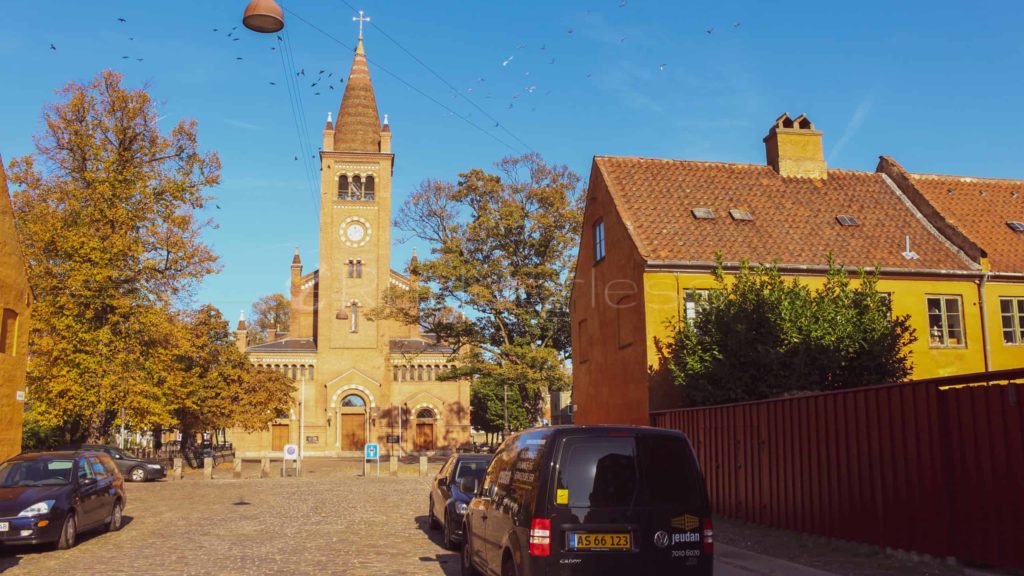
Frederik Church
One of the most impressive churches in the city is Frederik Church. It is a beautiful marble church with a copper green dome. Geographically the church is in line with Amalienborg castle and The Opera House. King Frederik V laid the foundation stone in 1749 to make a new city district called Frederiksstaden – which, of course, is now the name of the area.
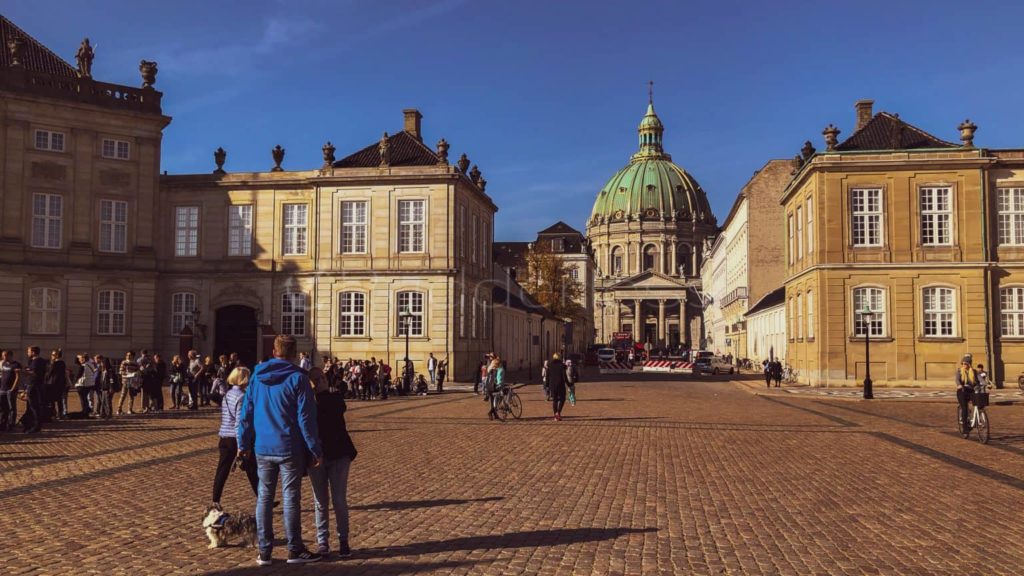
Amalienborg
Amalienborg Palace, one of the world’s oldest monarchies, and where Denmark’s royal family currently resides. At the palace square, you can watch the changing of the Royal Guard (Den Kongelige). Every day at noon, they march from their barracks through the streets of Copenhagen to Amalienborg,
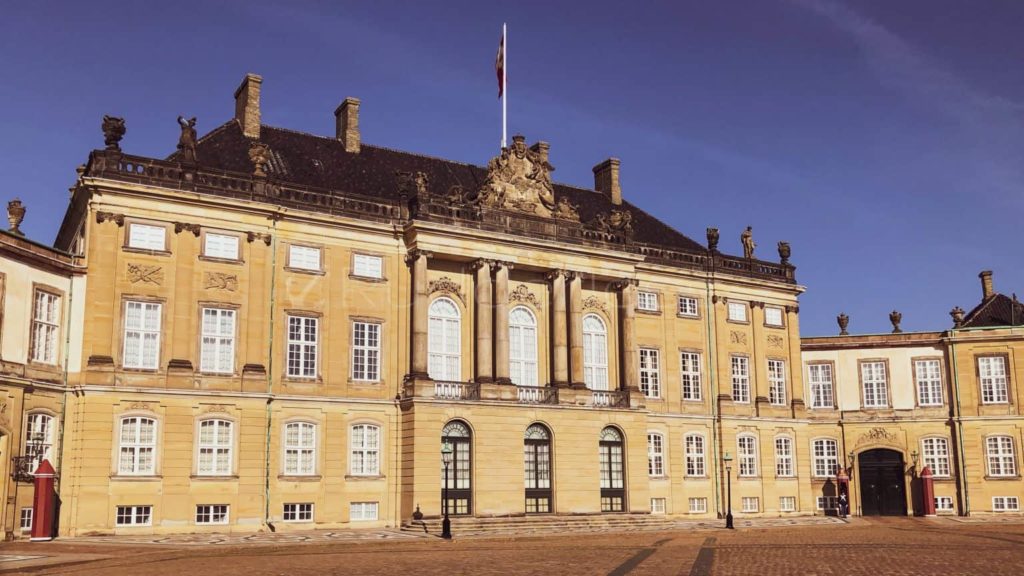
Amaliehaven (Amalie Garden)
Named Amalie Garden because of its proximity to Amalienborg Palace, this small park was founded in 1983. The park was designed by a Belgian landscape architect named Jean Delogne.
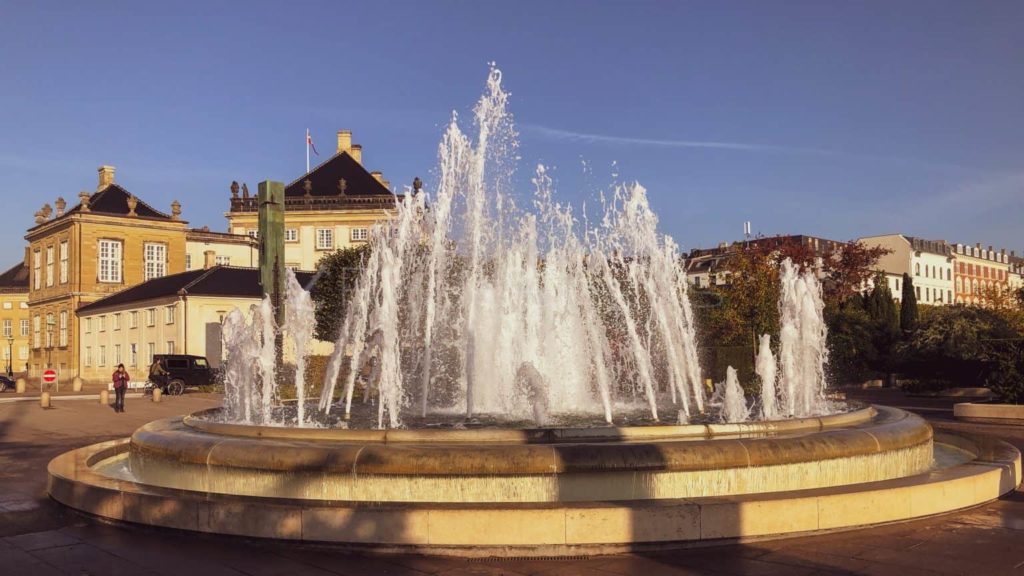
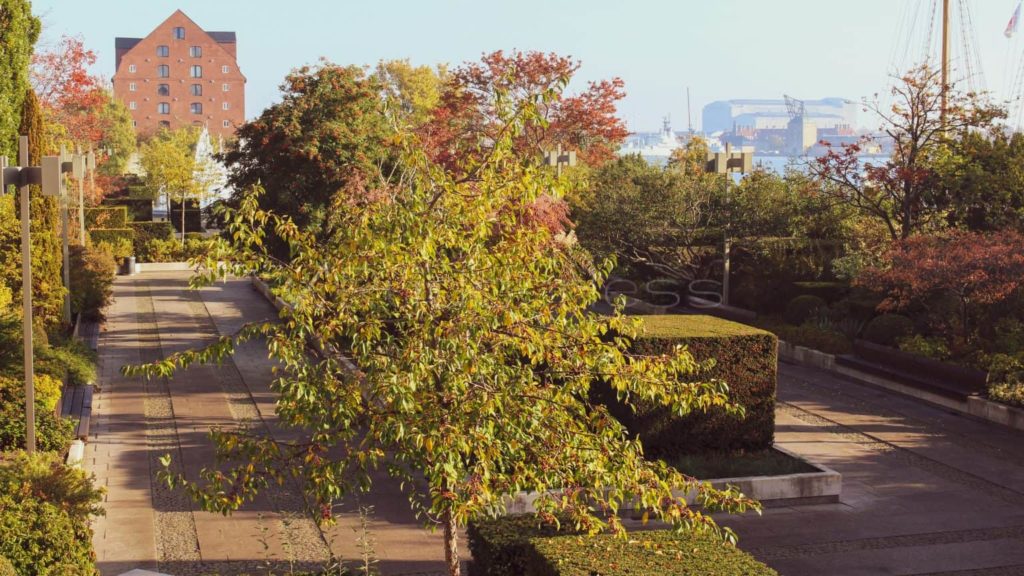
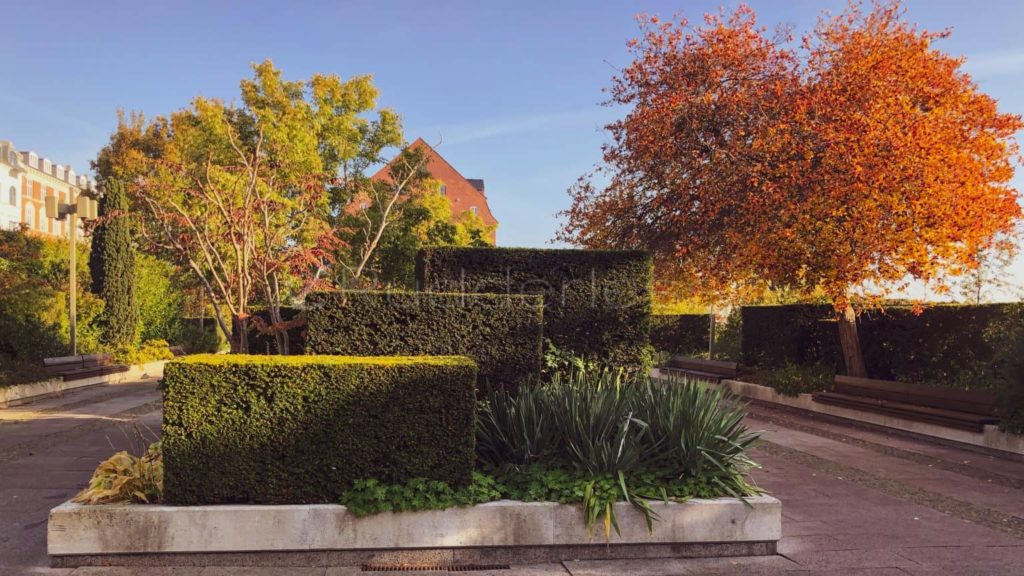
Royal Danish Playhouse
The Playhouse is the national centre of dramatic art. The centre has three stages: Store Scene, Portscene, and Lille Scene, with a total seating capacity of 1000.
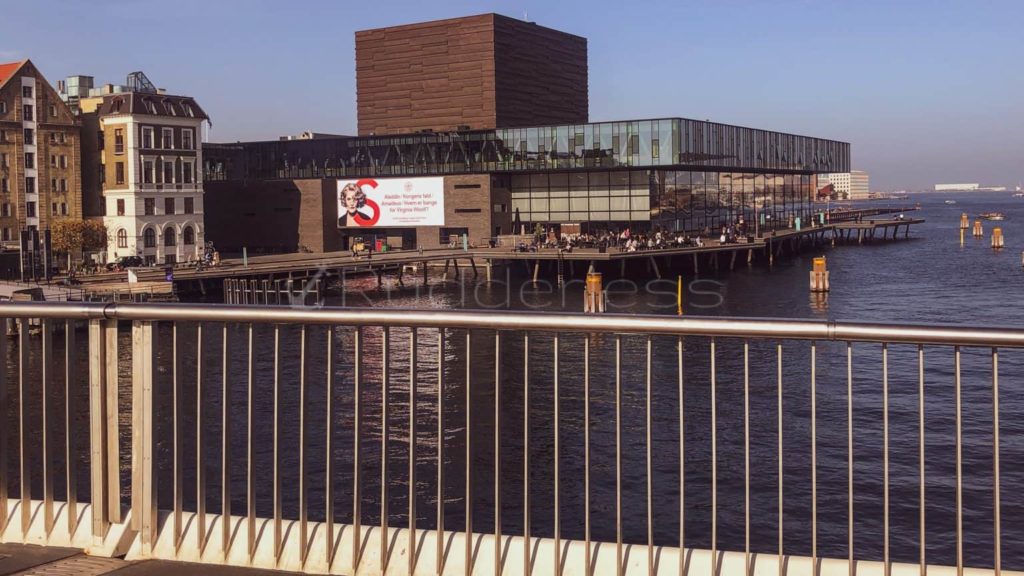
Nyhavn
Nyhavn is the perfect place to end a long day of exploring or working. Before it became this port with beautiful old renovated houses and restaurants, Nyhavn was a busy commercial port that docked ships from all over the world. The area was filled with sailors, ladies of – a-hem pleasure, pubs and alehouses. Nyhavn is now filled with people enjoying the relaxed atmosphere of great food and jazz music.
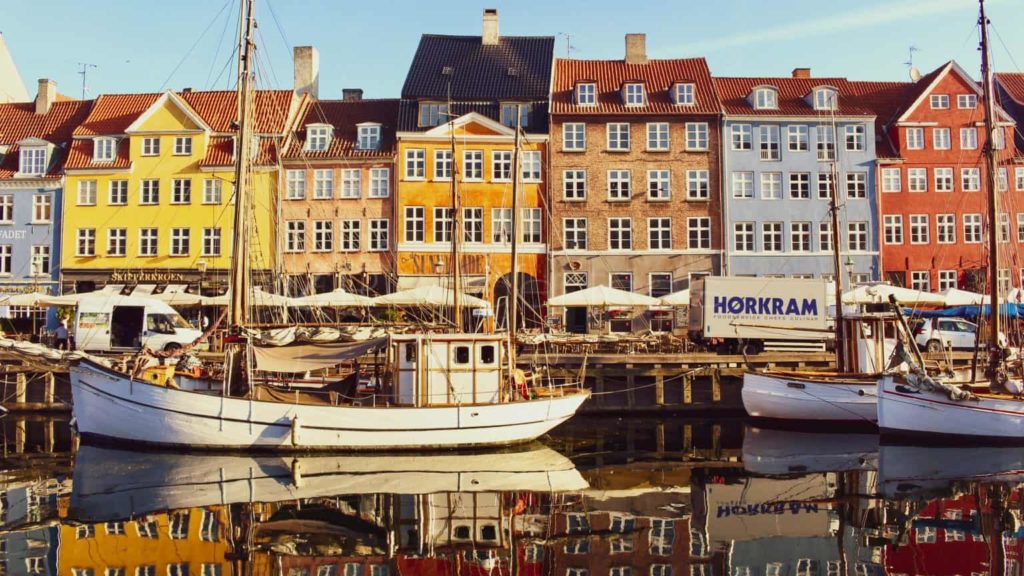
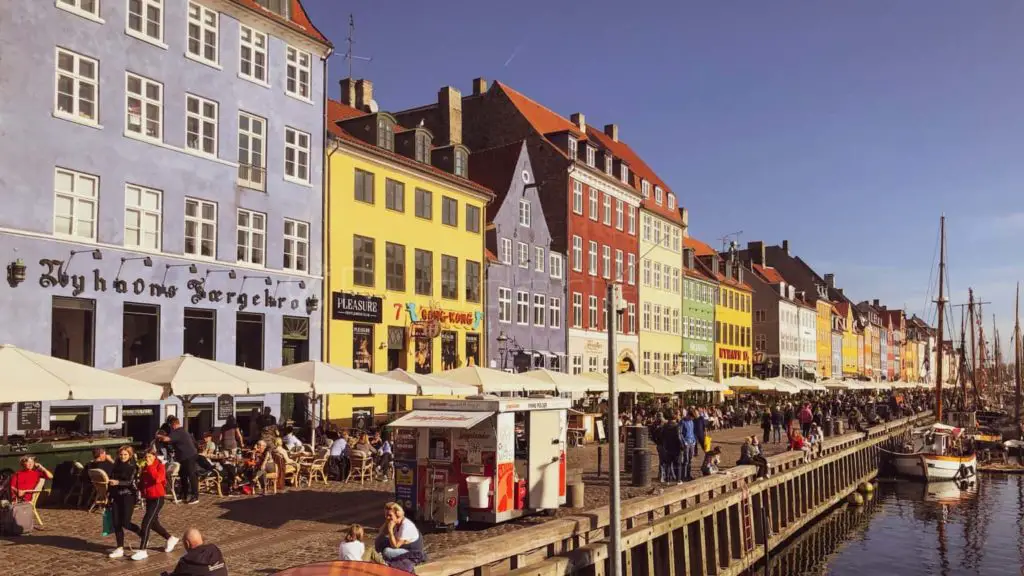
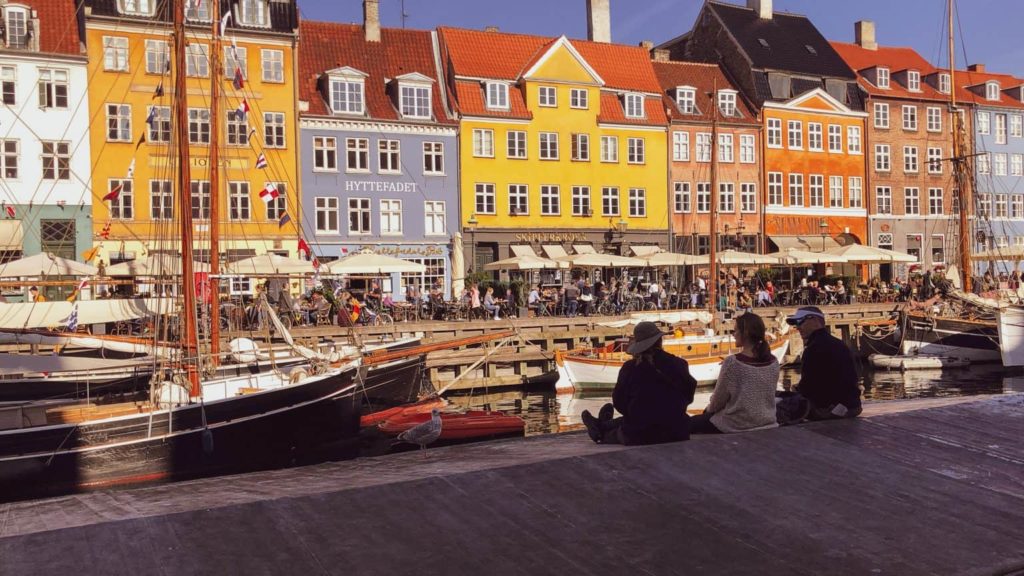
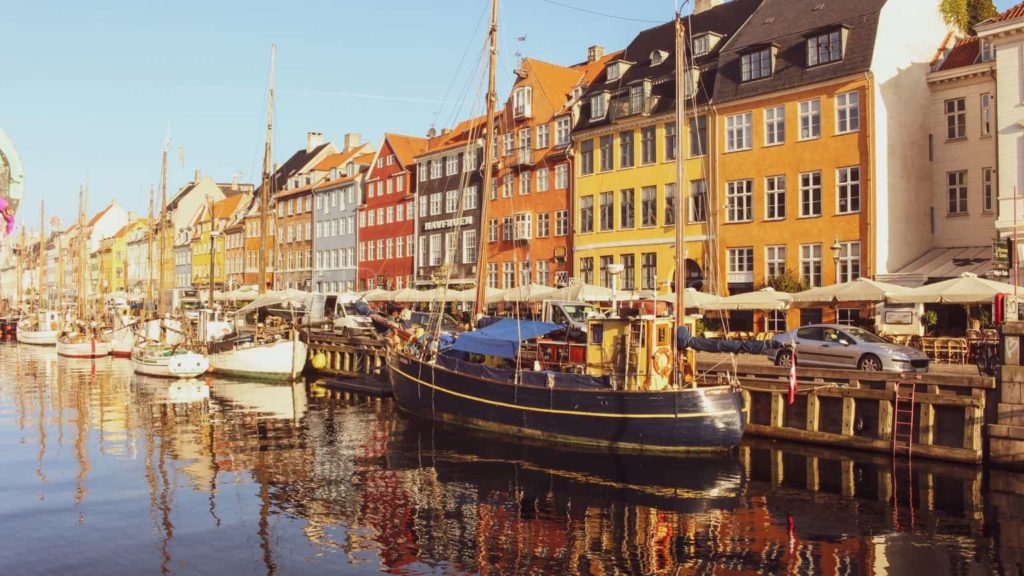
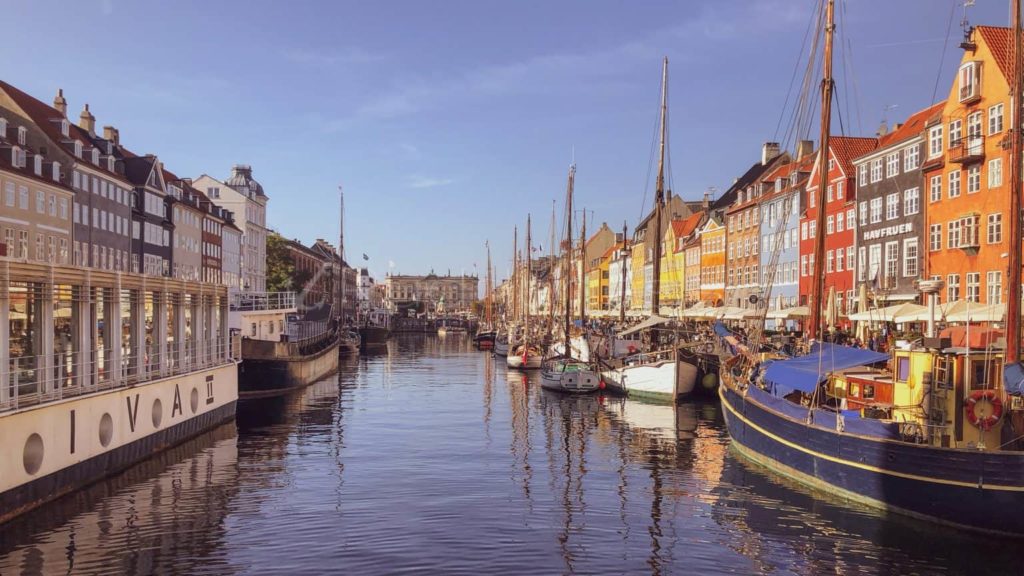
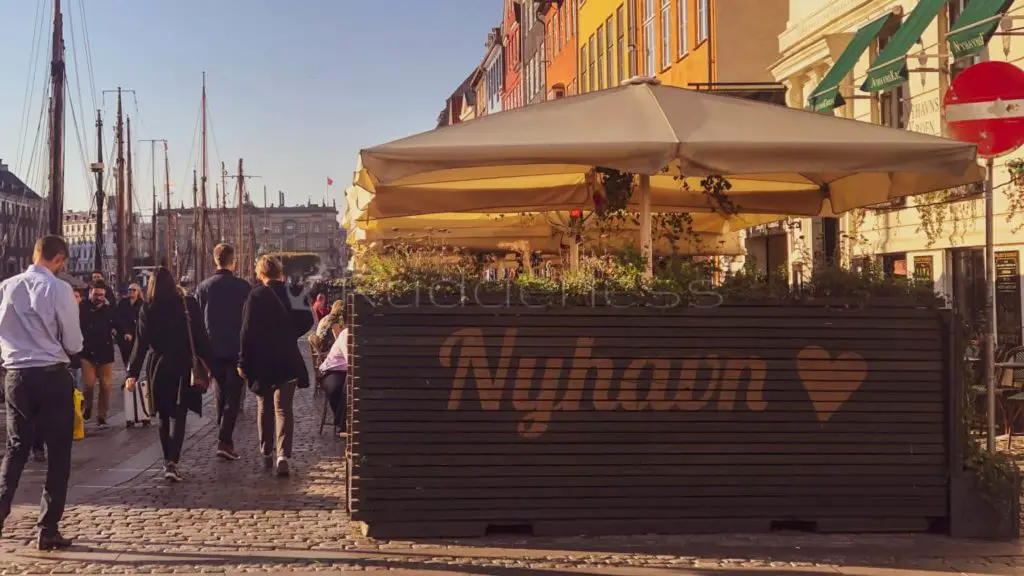
FREE TOWN (CHRISTIANIA, COPENHAGEN)
For the next part of this Copenhagen itinerary, I needed to go off the grid by exiting the EU (European Union) and heading into Freetown.
The infamous Freetown Christiania is Copenhagen’s alternative neighbourhood. A collectively controlled society within a society that started back in 1971 when a group of people cut a hole in a fence to the military barracks in Bådmandsgade and set up shop.
The neighbourhood has a 70’s hippy feel to it as it’s home to a mix of homemade houses, workshops, art galleries, music venues, cheap and organic eateries, and beautiful nature. That said, what makes Freetown well known is Pusher Street, where one can buy hash and marijuana from various stalls even though cannabis is an illegal substance. Be reminded film and taking pictures in and around Pusher Street I not a good idea.
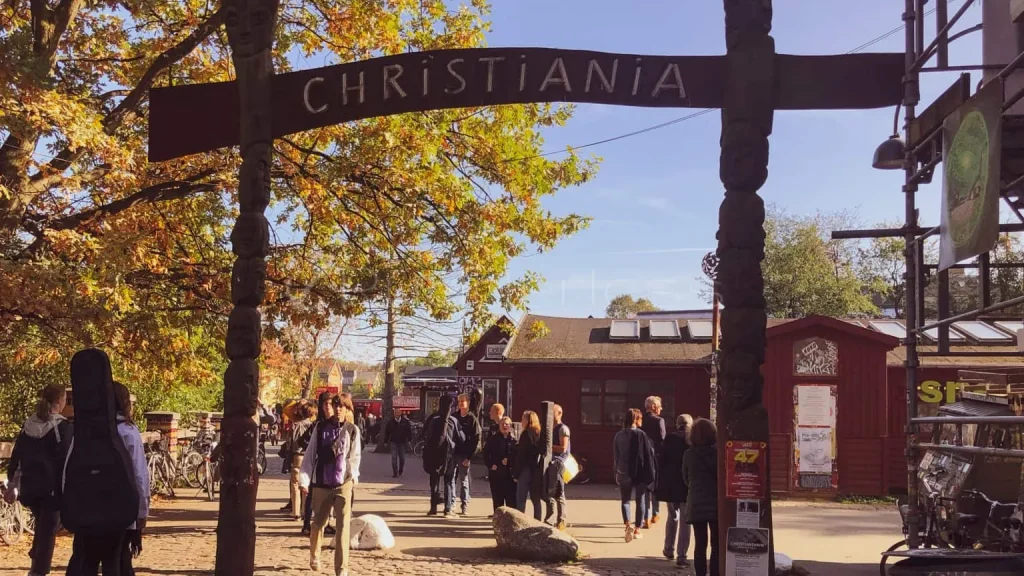
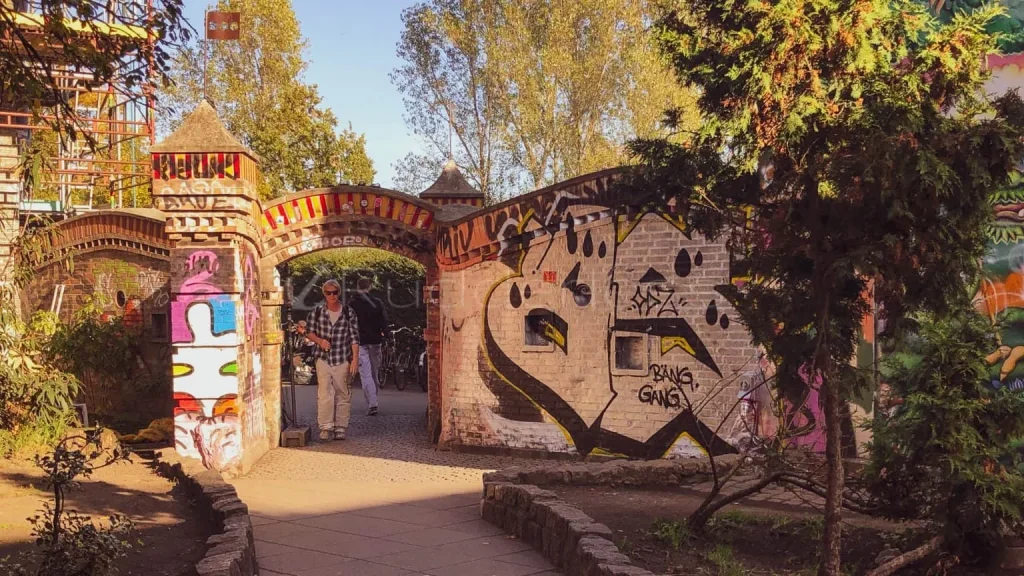
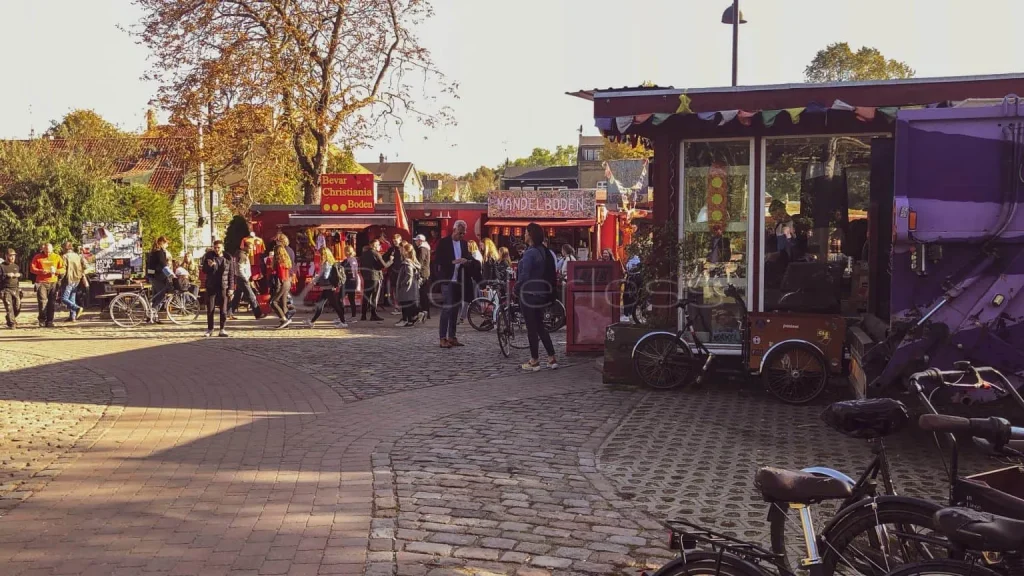
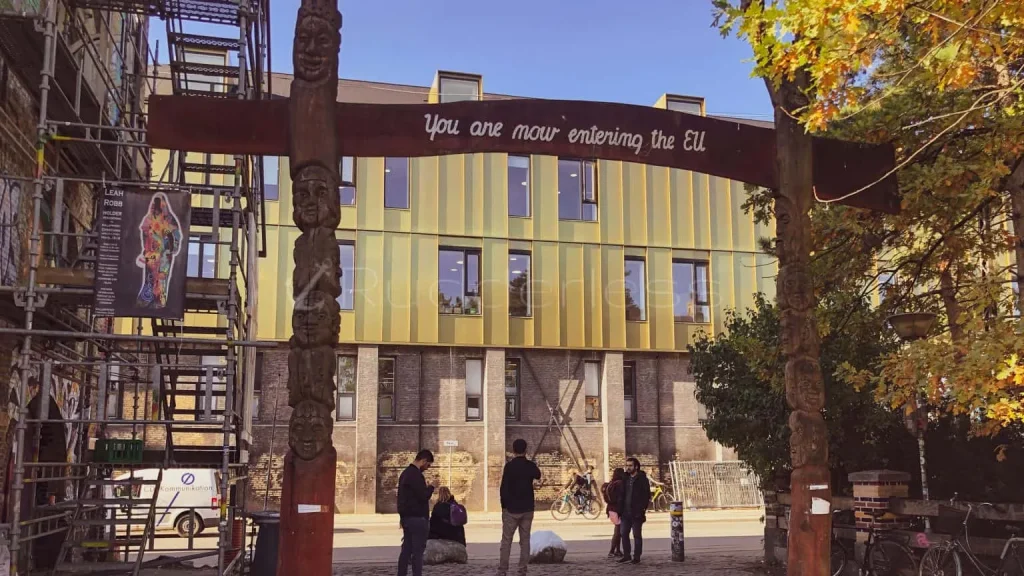
Church of Our Saviour
Church of Our Saviour is one of Denmark’s most famous churches. Each year more than 60.000 people climb the 400 stairs to the top. Ninety metres above street level, the serpentine spire was inaugurated in 1752.
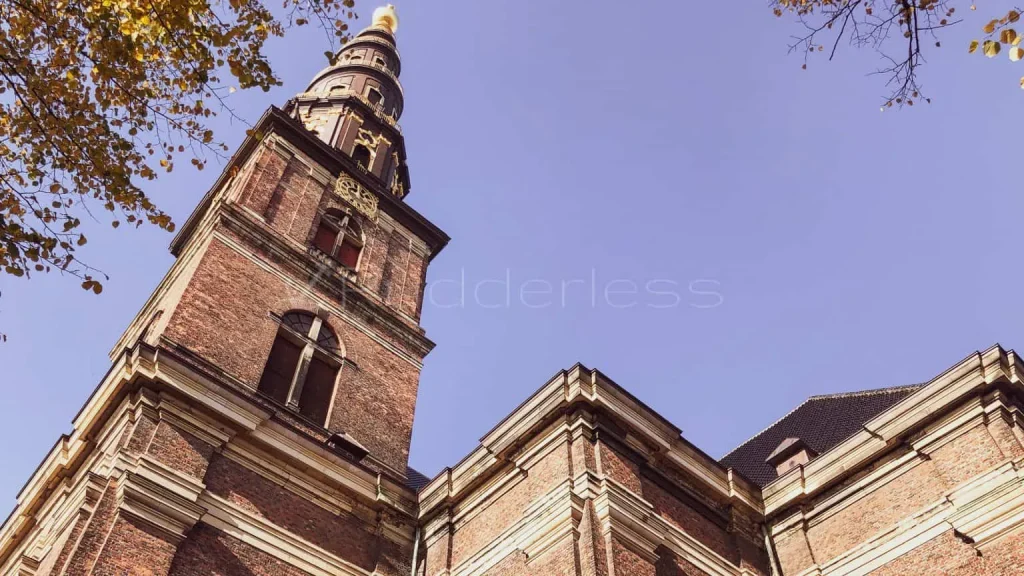
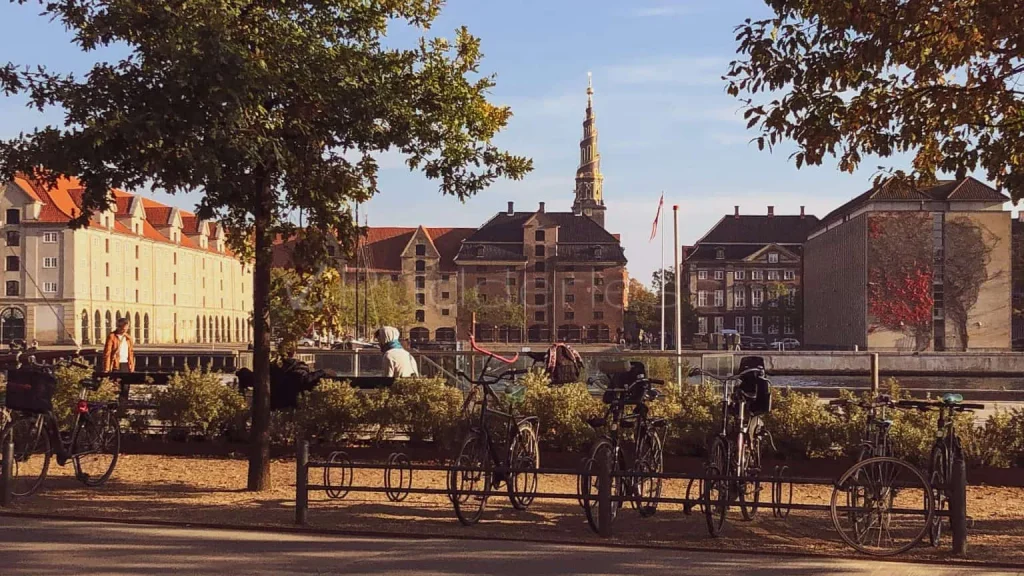
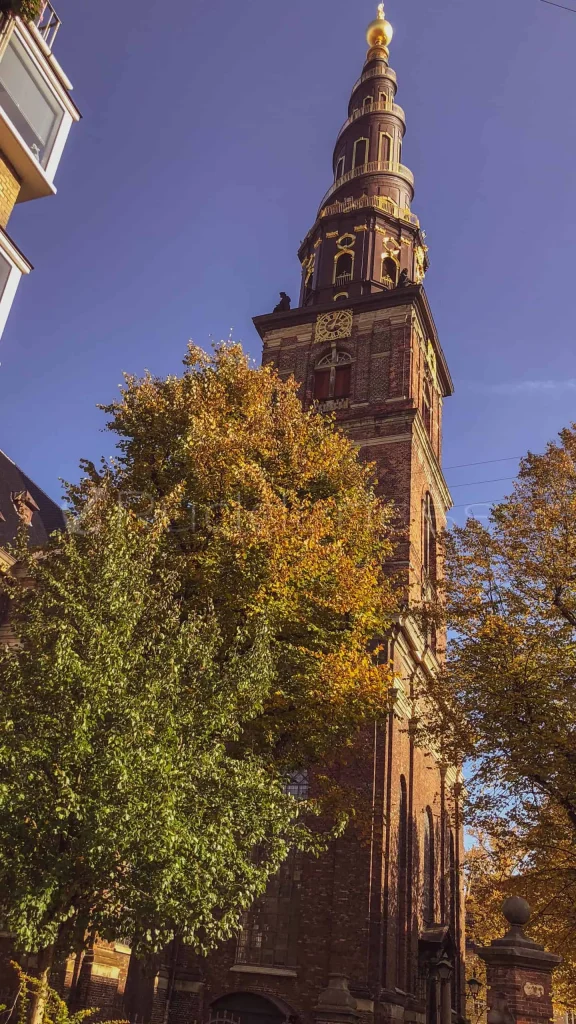
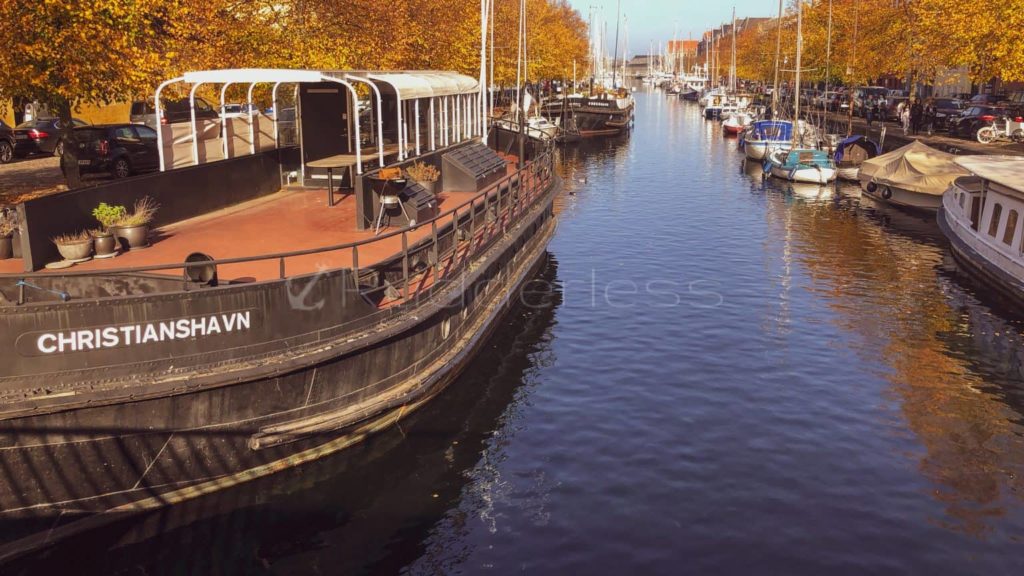
Cafe Stærkodder
Stærkodder Restaurant is a local pub that I stumble across on the way back Nyhavn. I fired it would be an excellent time to grab a local beer – A Carlsberg.
Carlsberg
Carlsberg was founded in 1847 by J. C. Jacobsen. The company’s flagship brand is Carlsberg – named after Jacobsen’s son Carl and the Danish word for hill, “bjerg”. The first brew was finished on November 10, 1847, and the export of Carlsberg beer began in 1868 and today brews more than 500 beers.
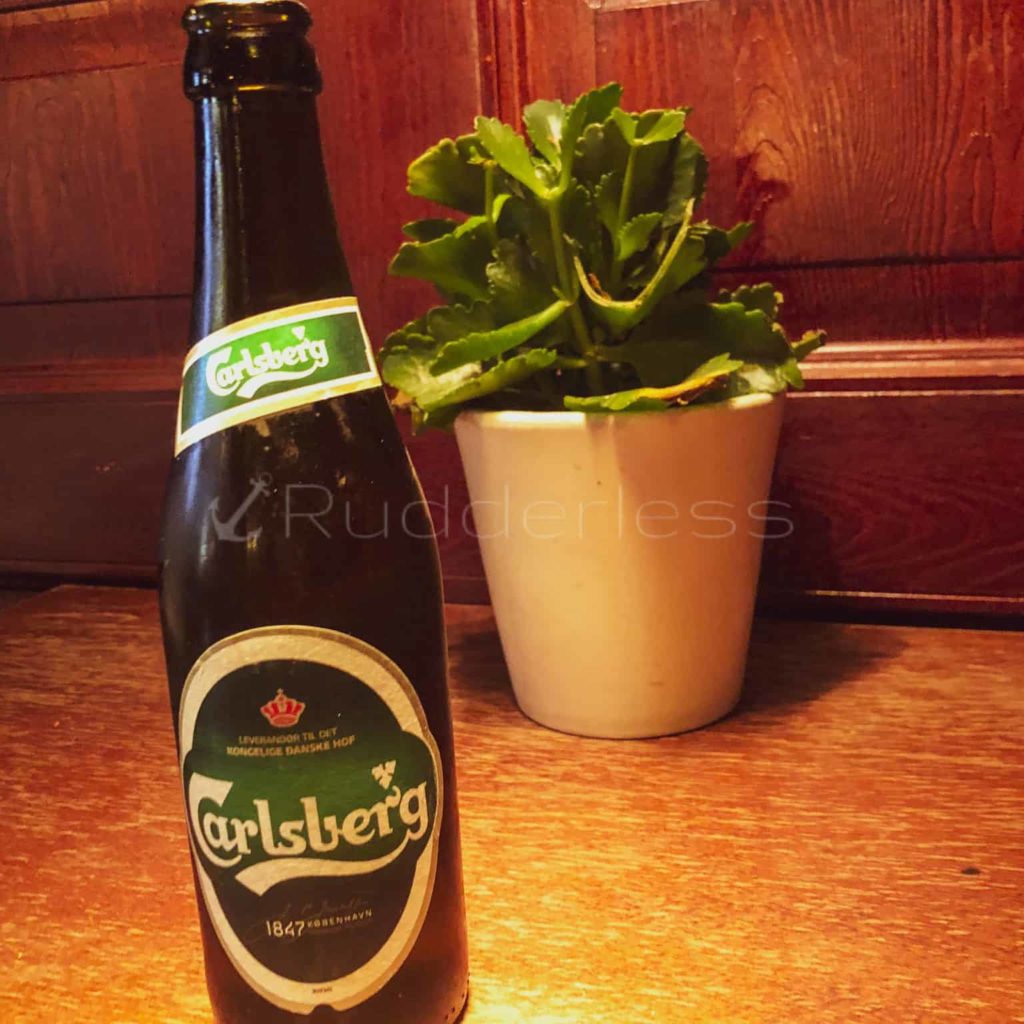
Restaurant Oranje
Restaurant Oranje is a ship moored in the Nyhavn canal. Even though it might have a rough interior and a rusted exterior, it offers a fantastic view of boat traffic. They serve seafood, Scandinavian and Danish cuisine.
